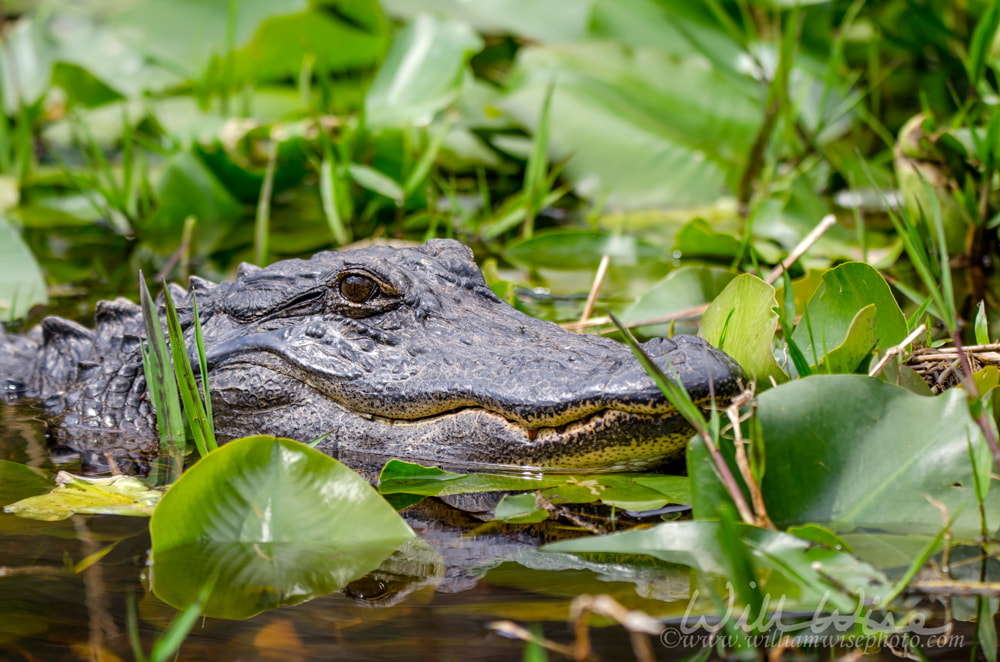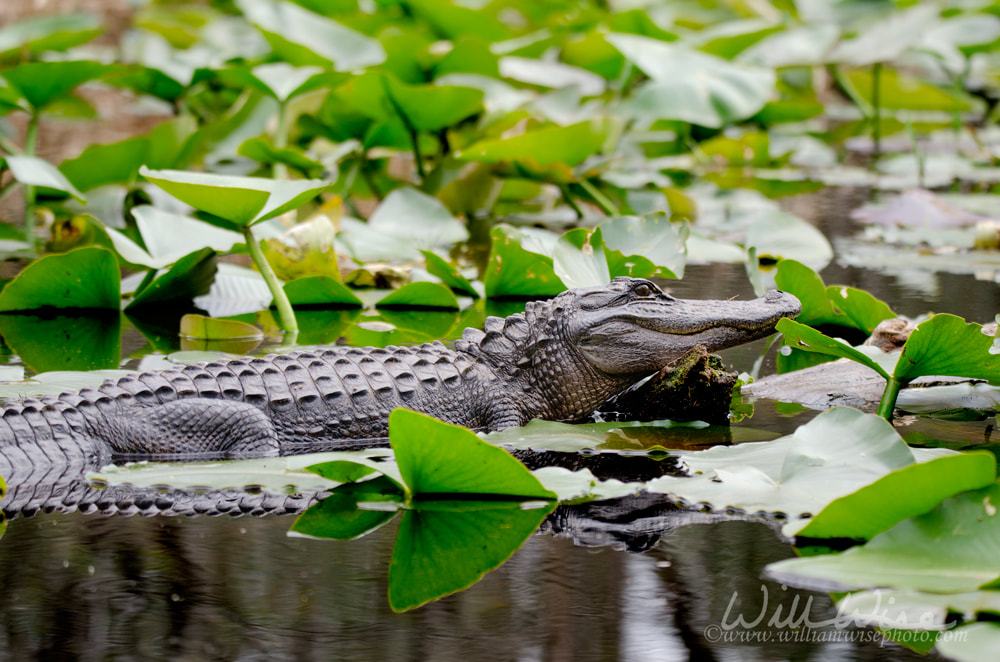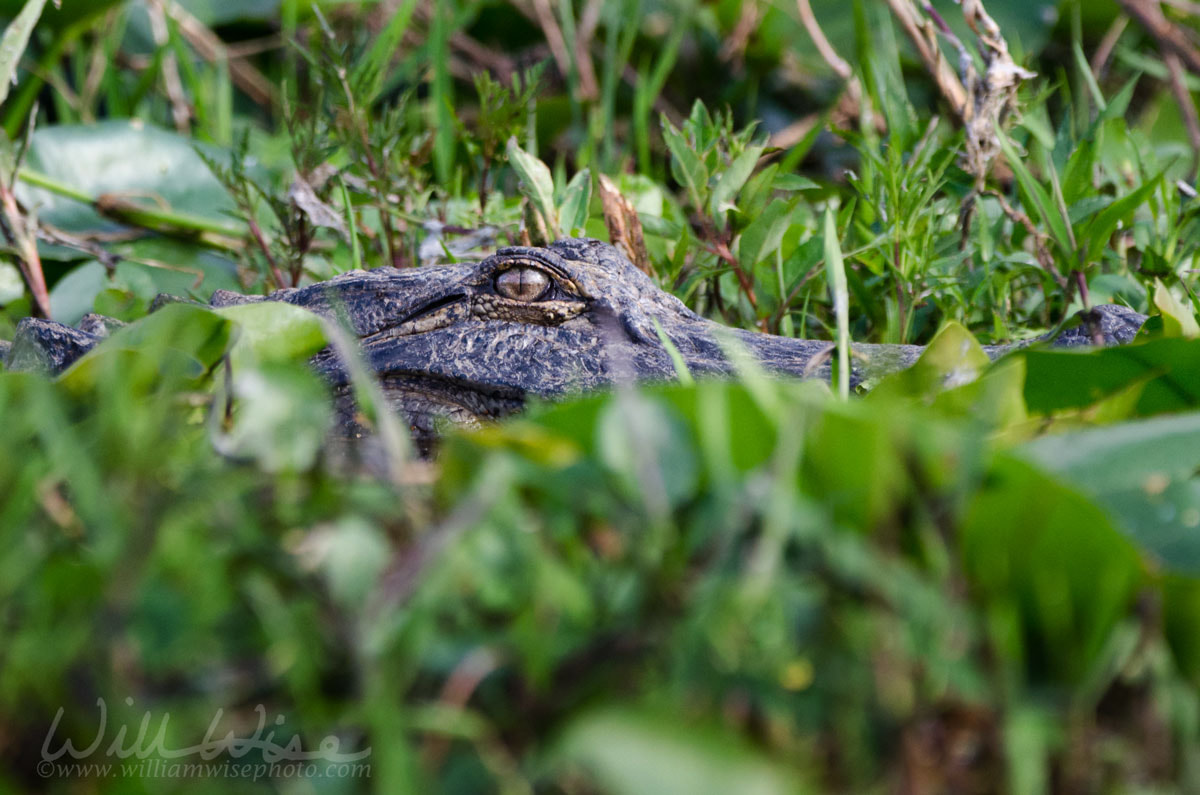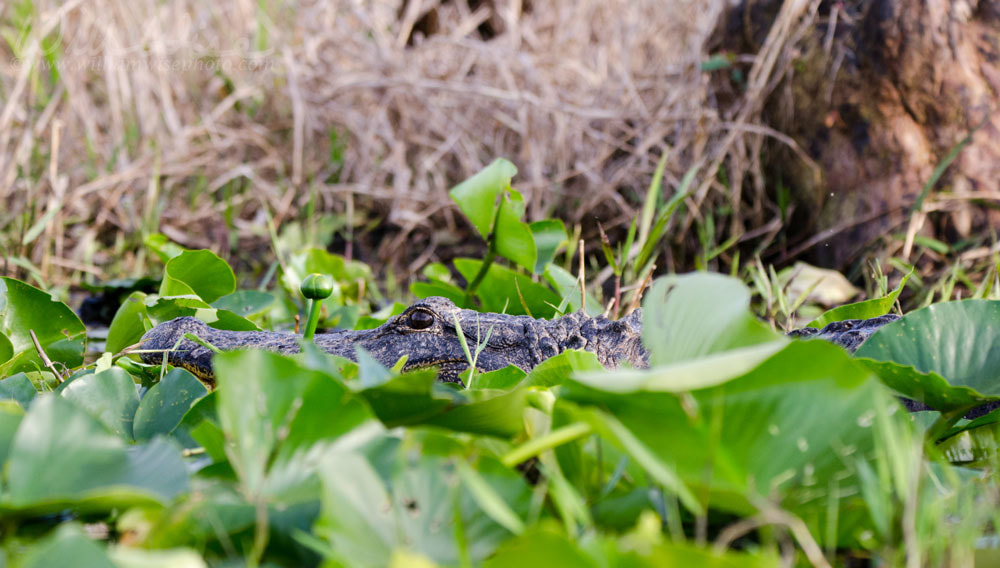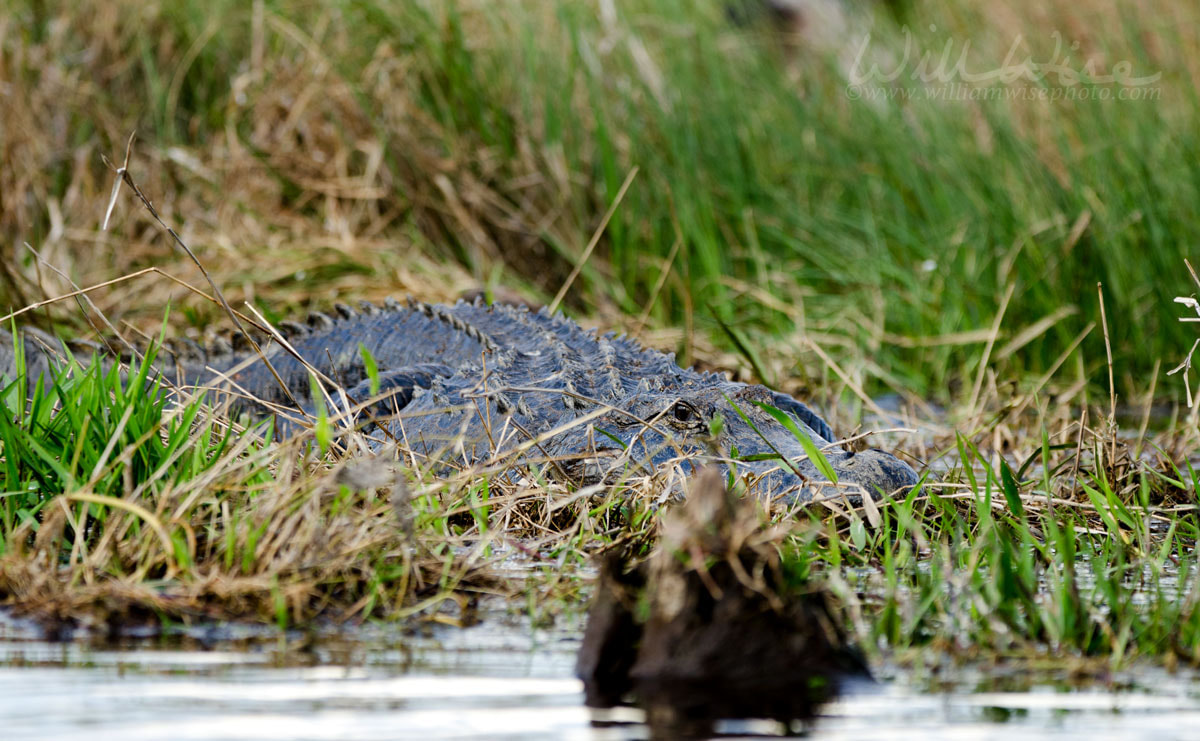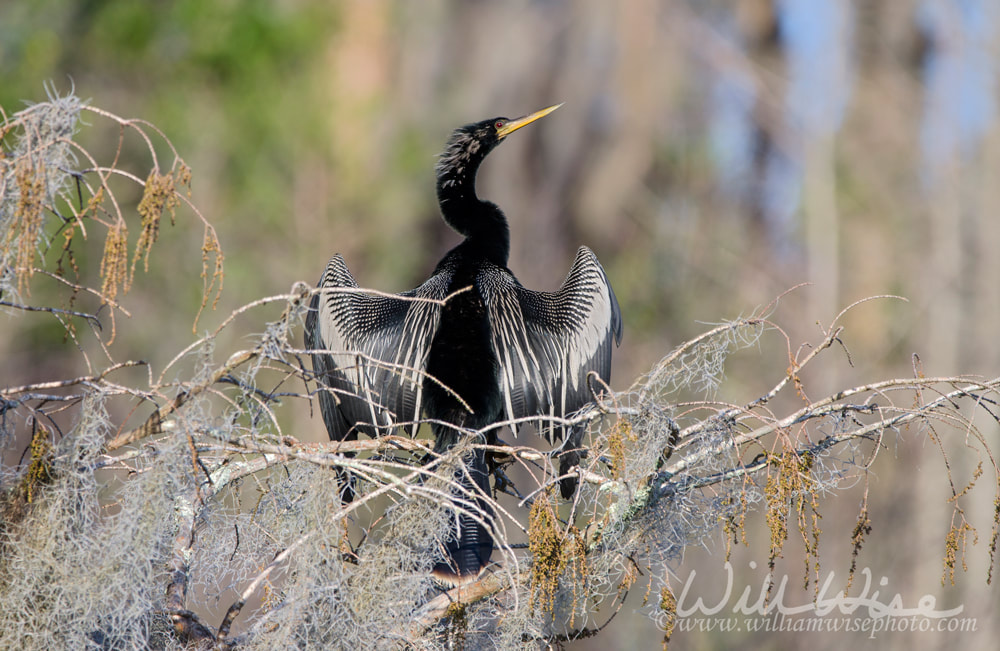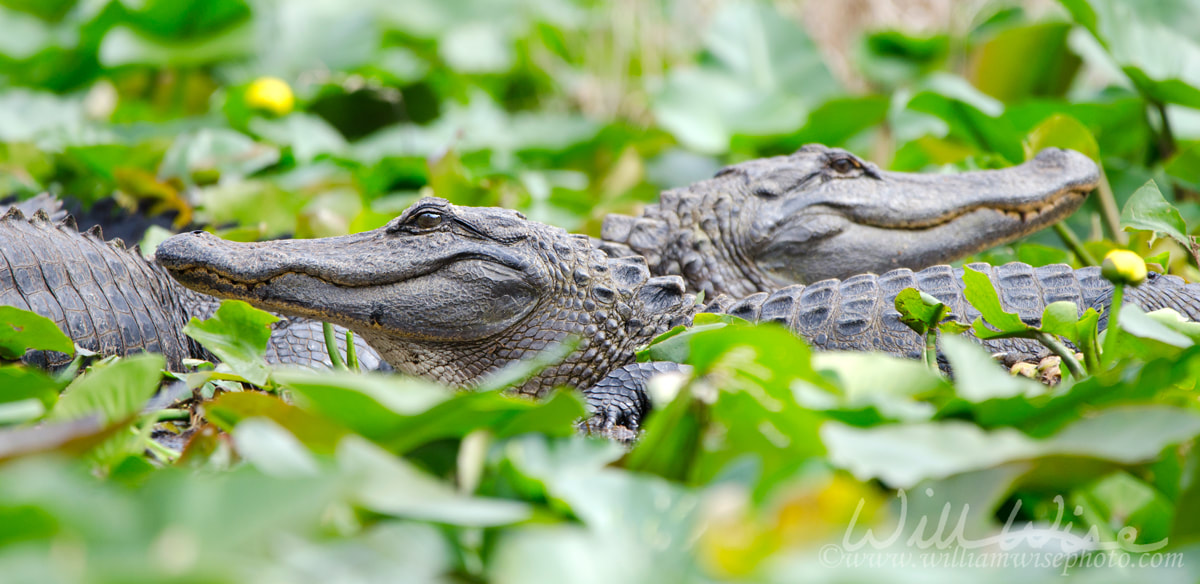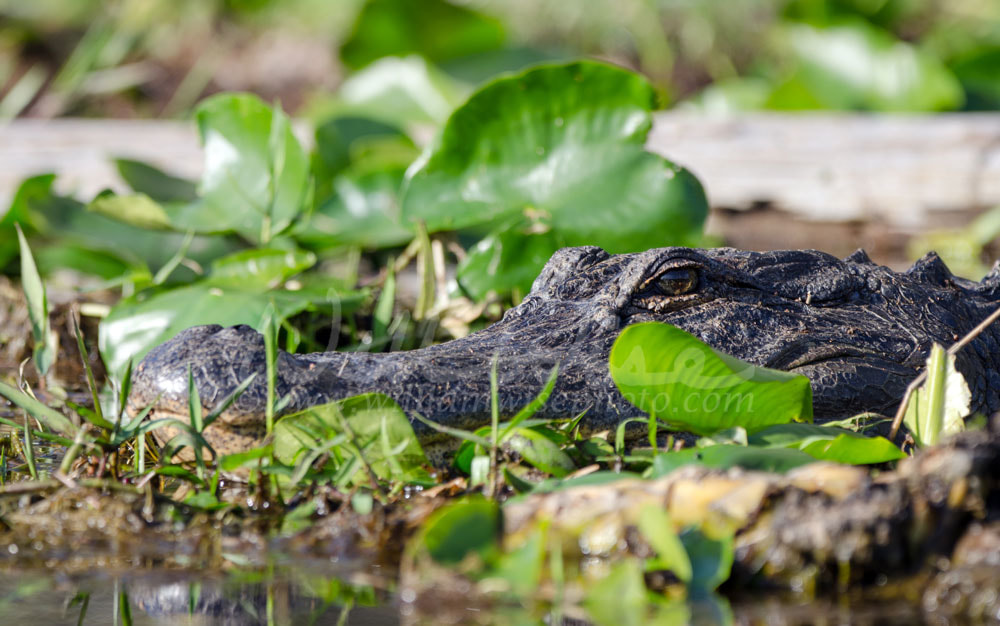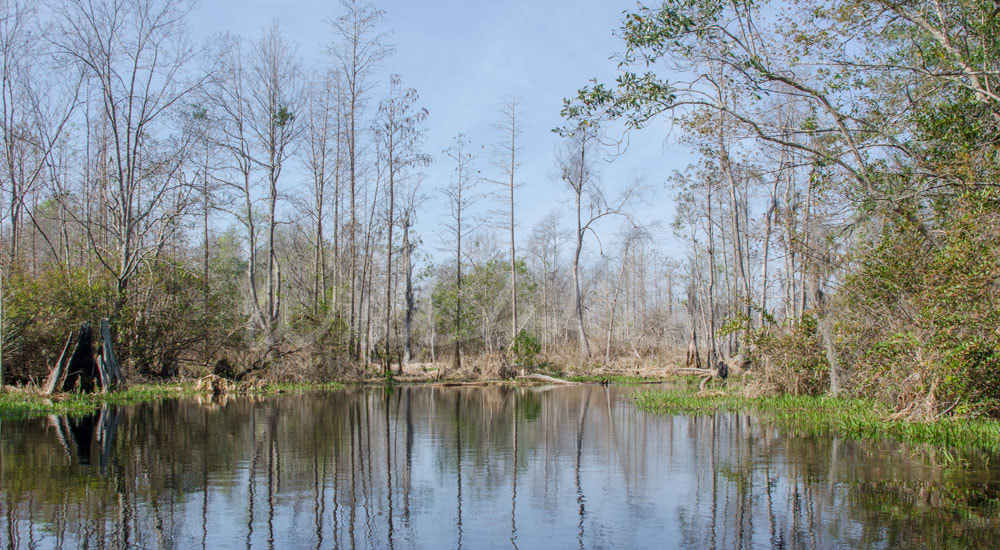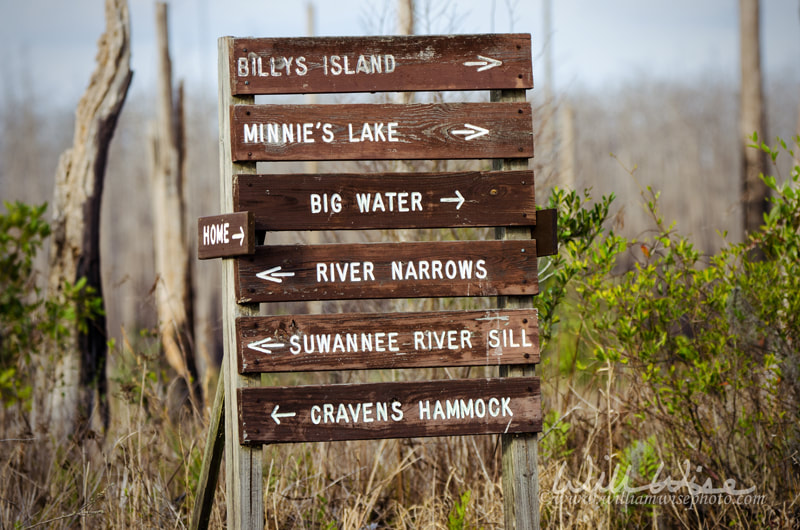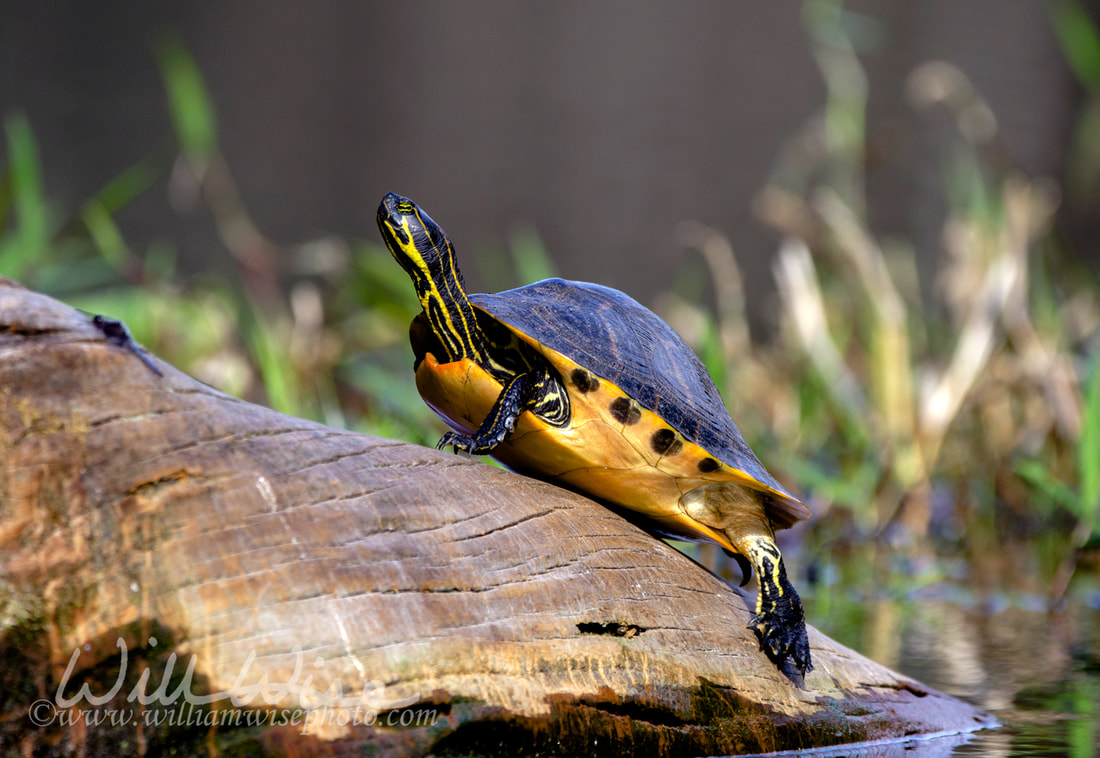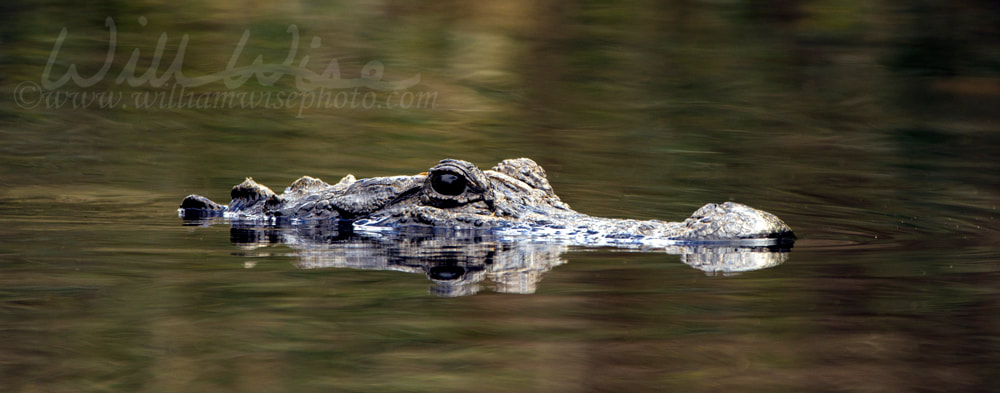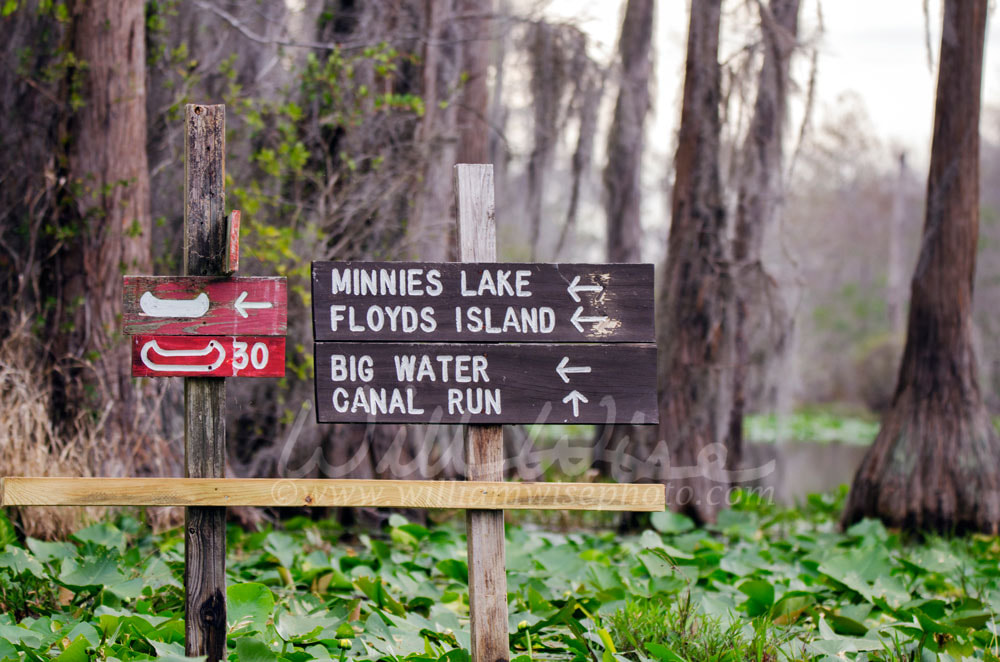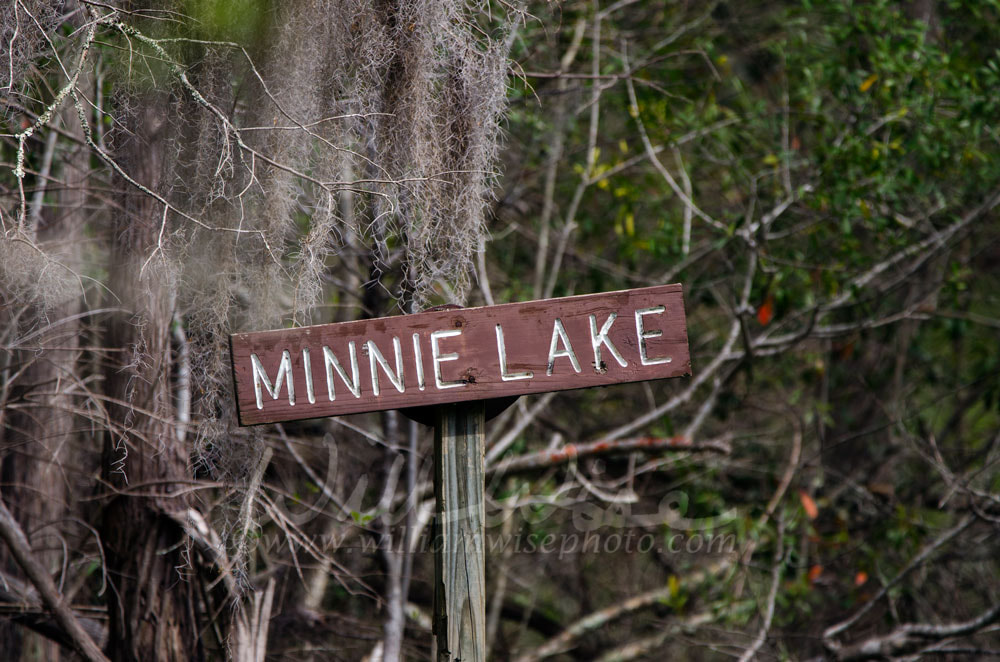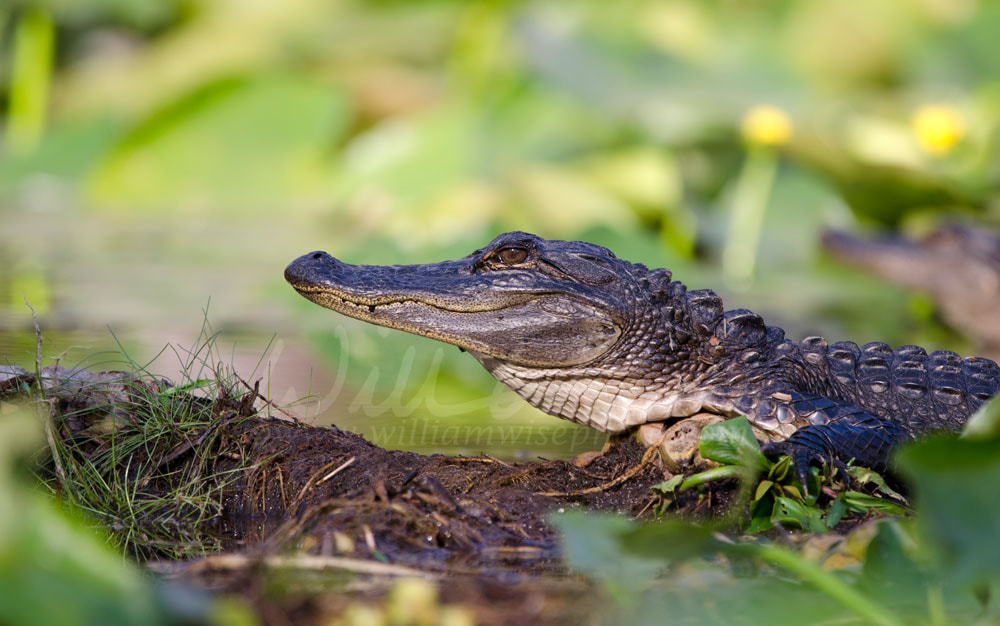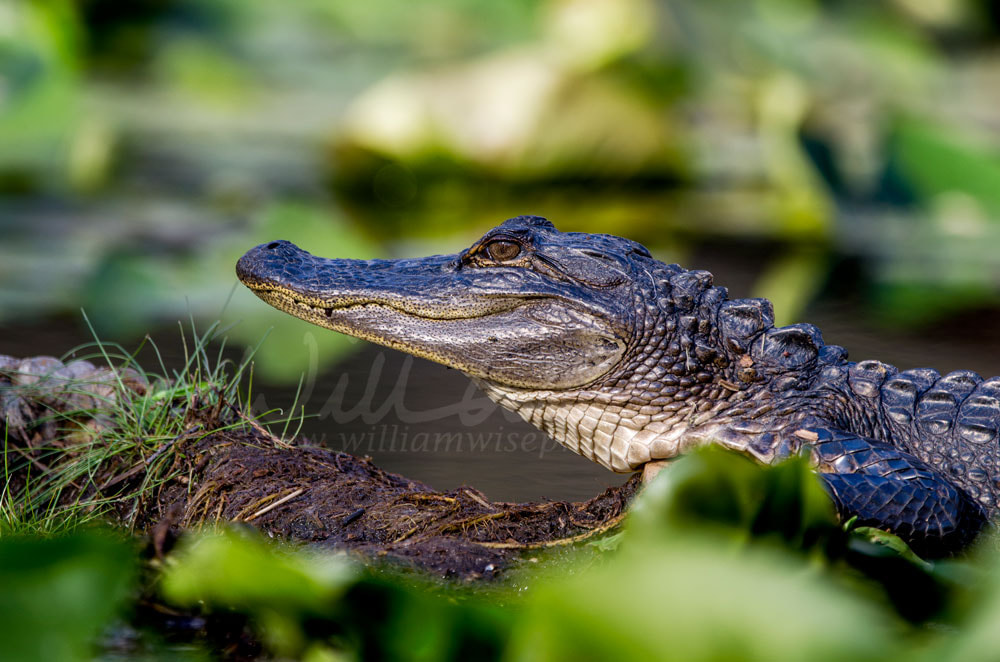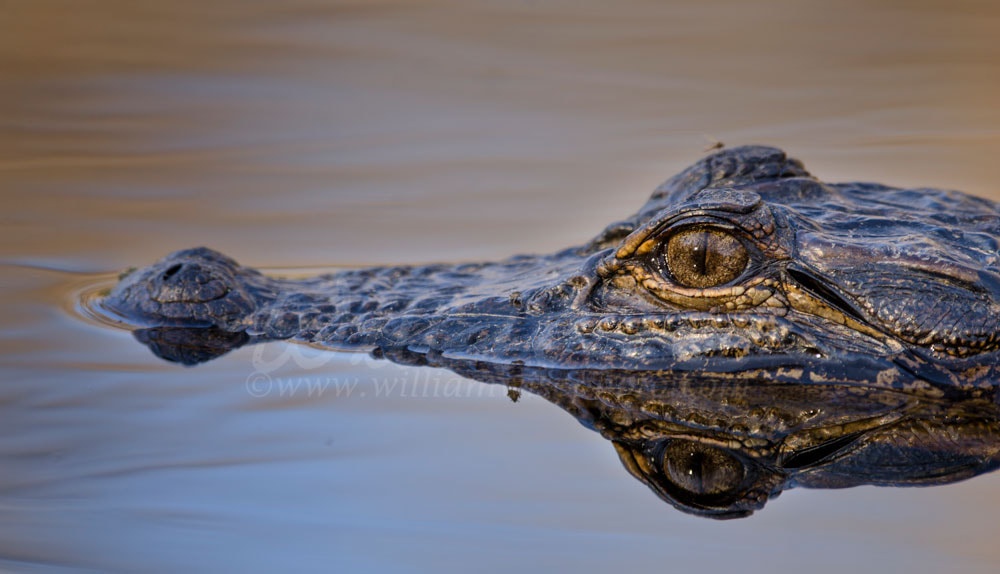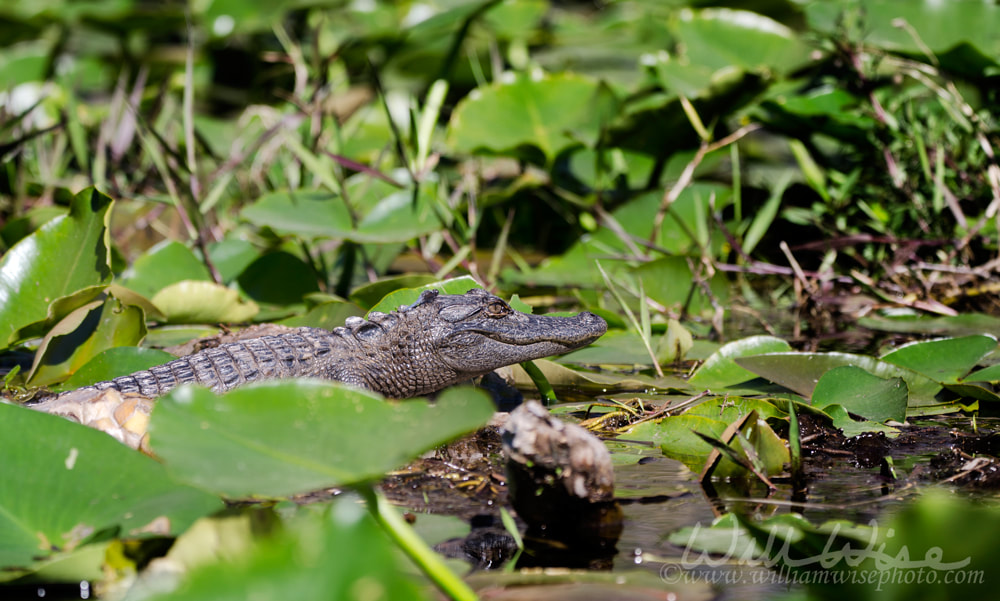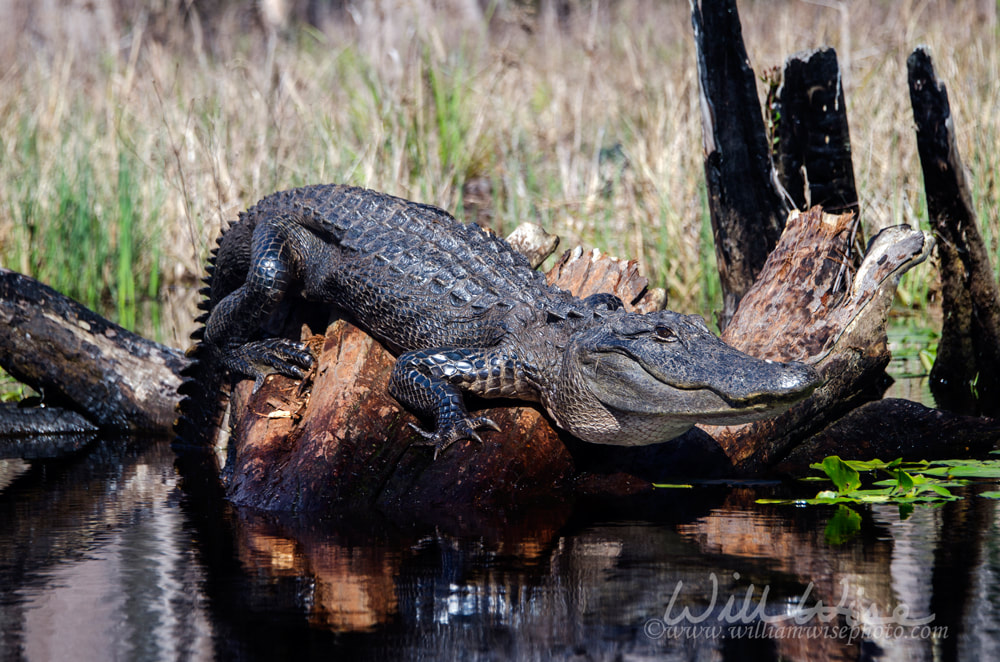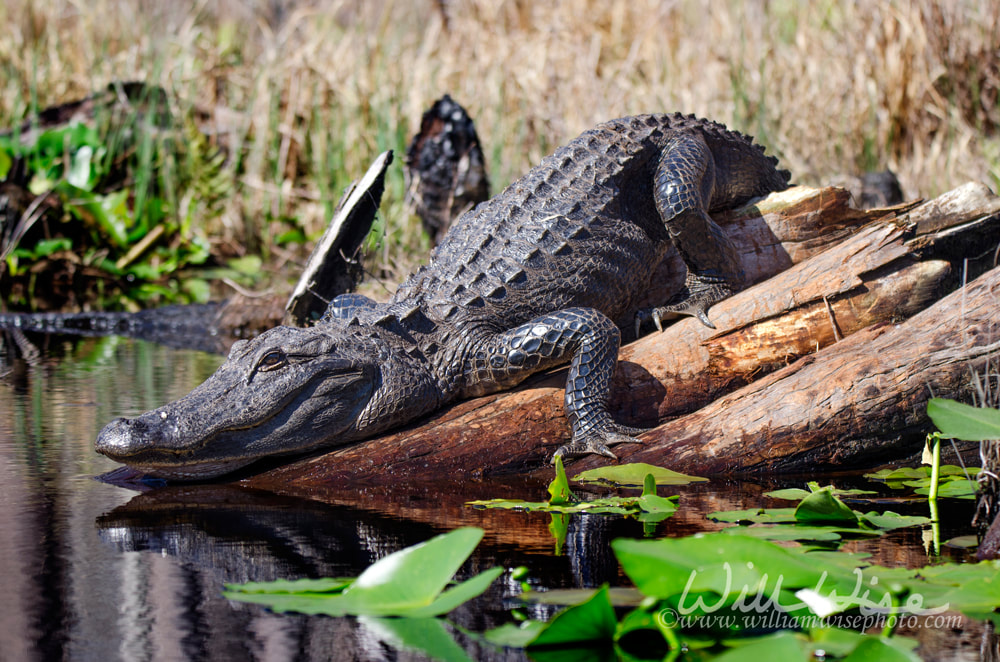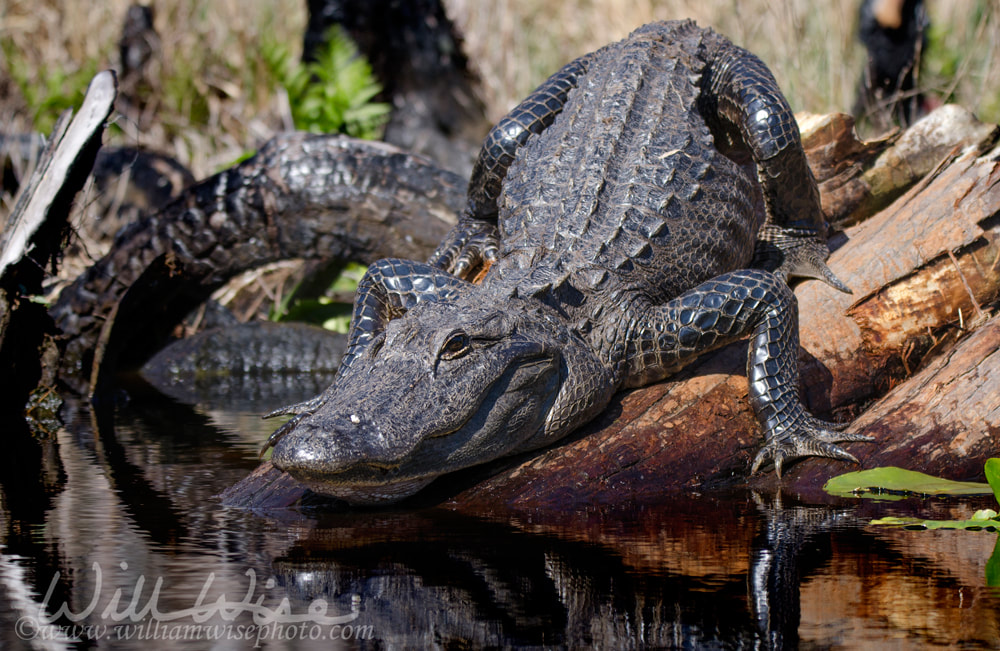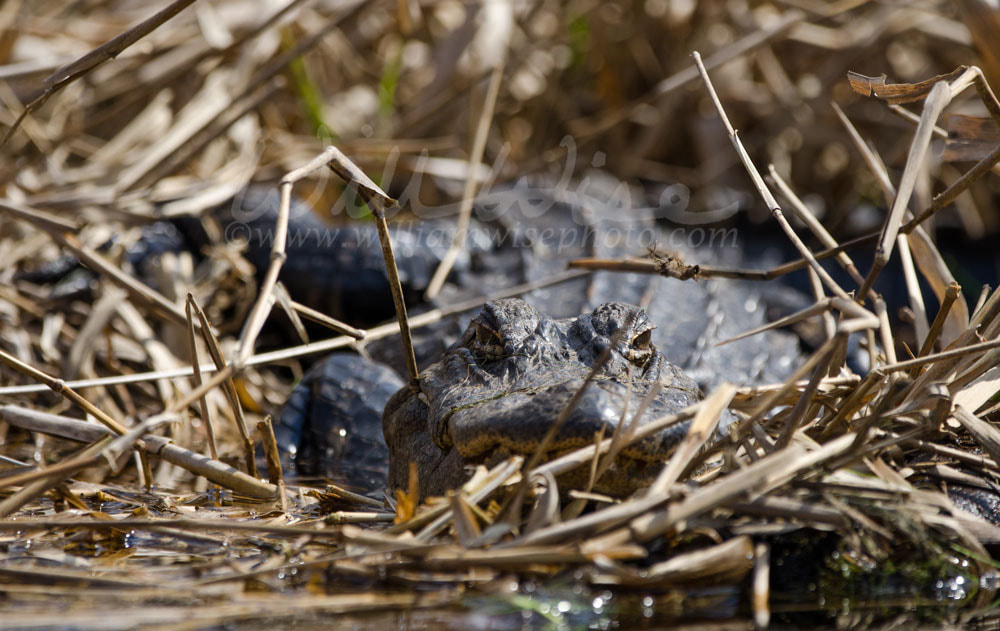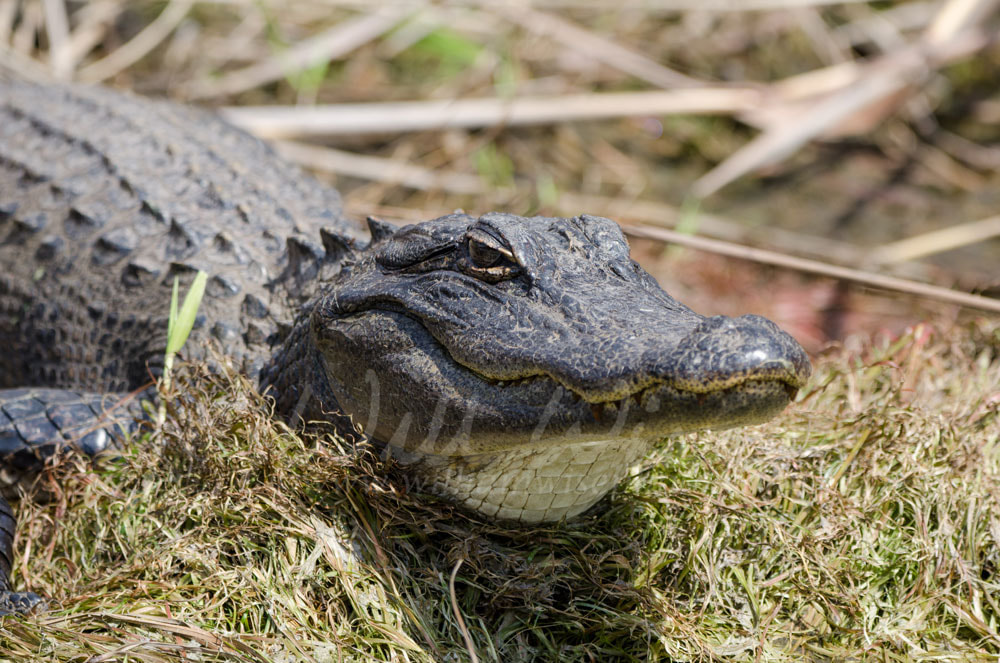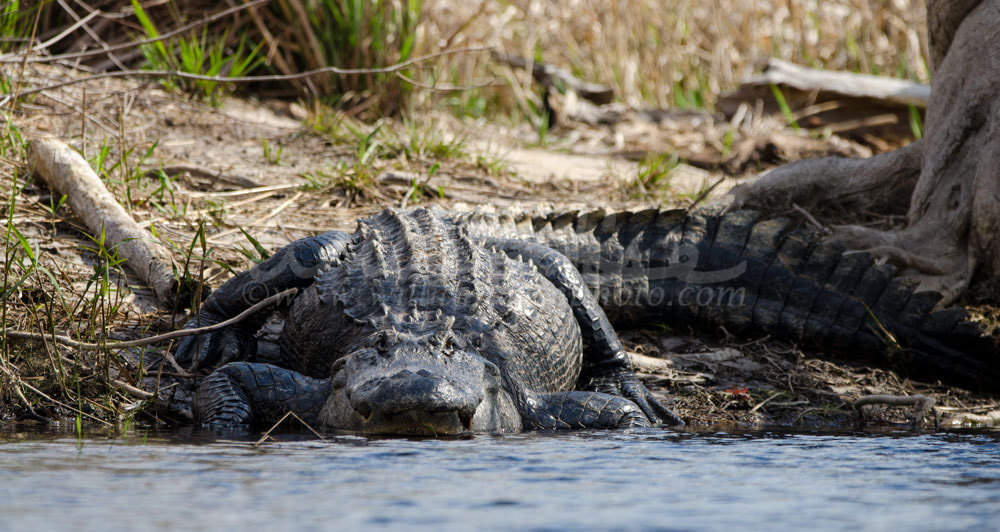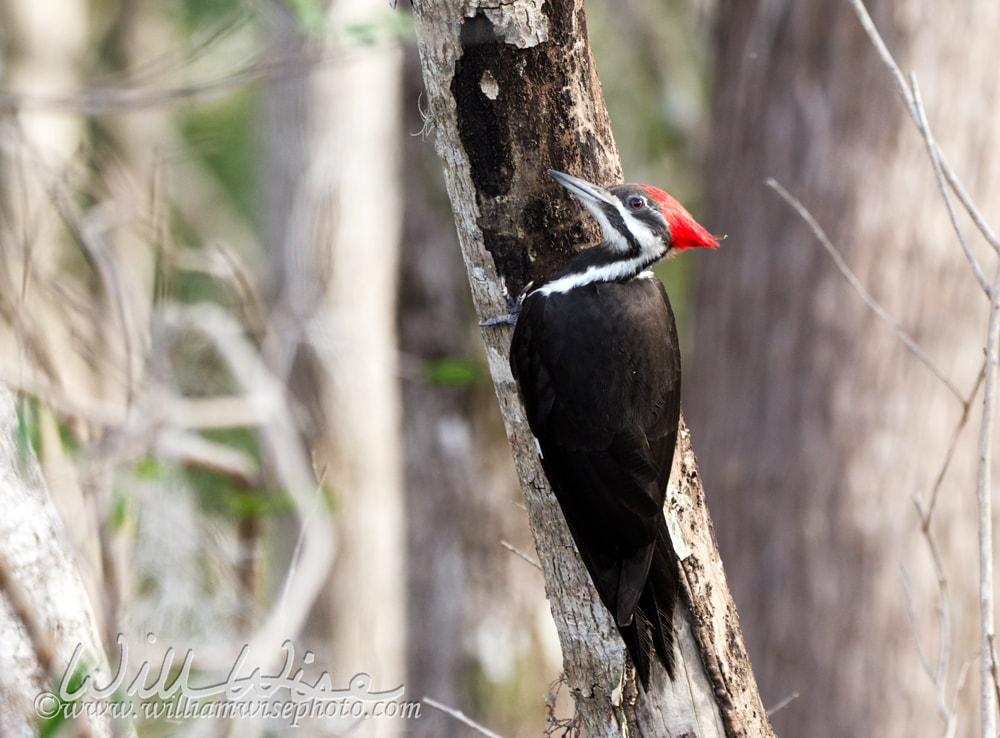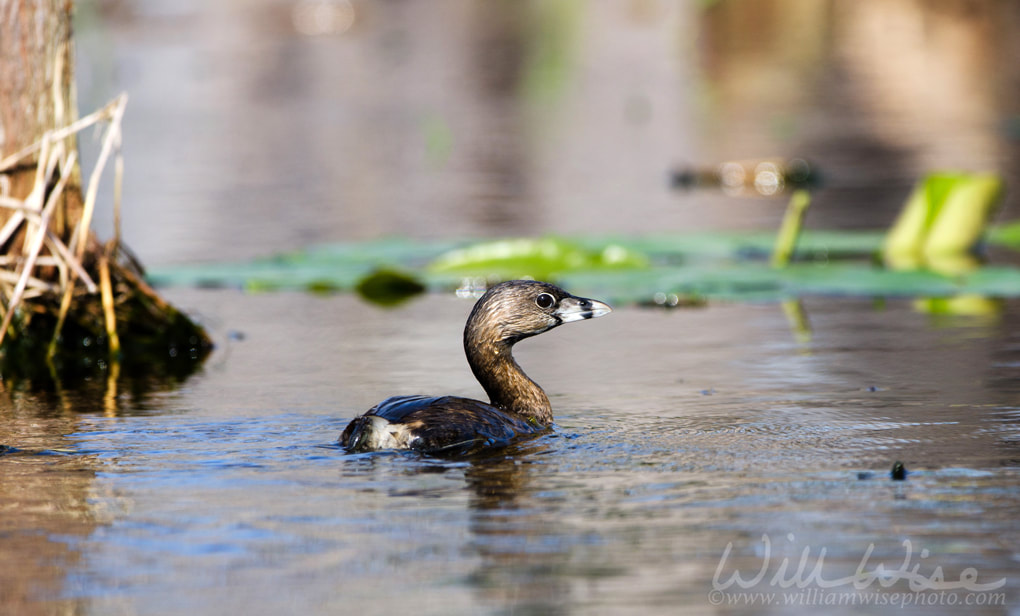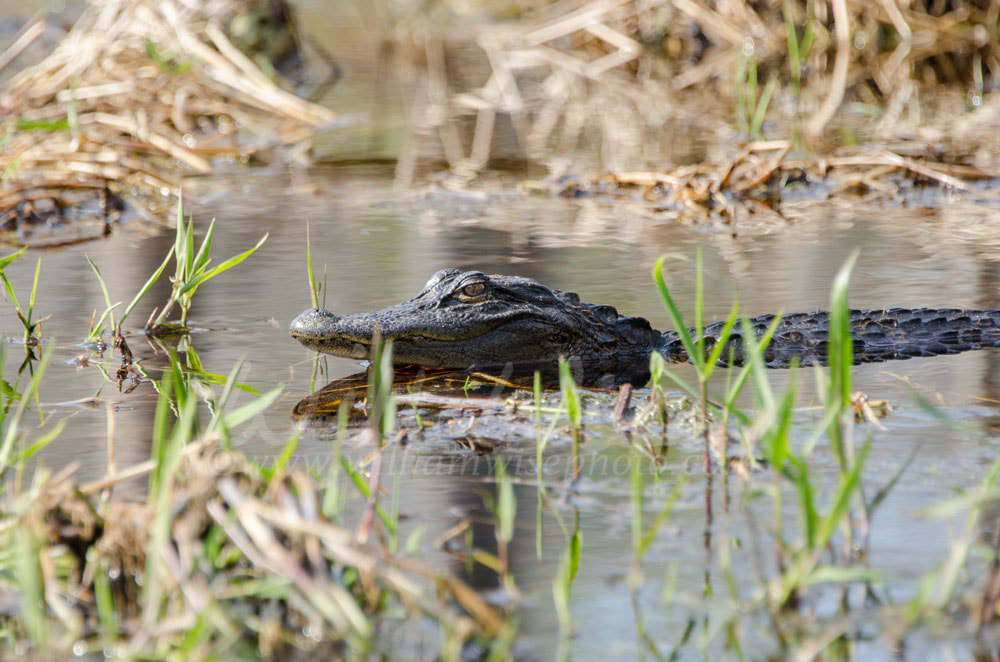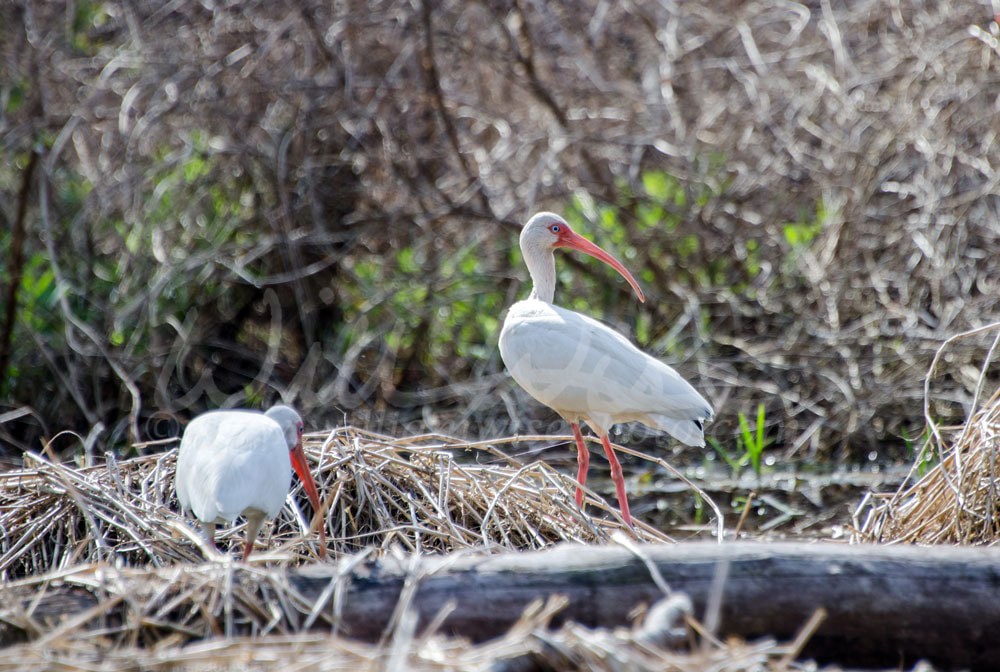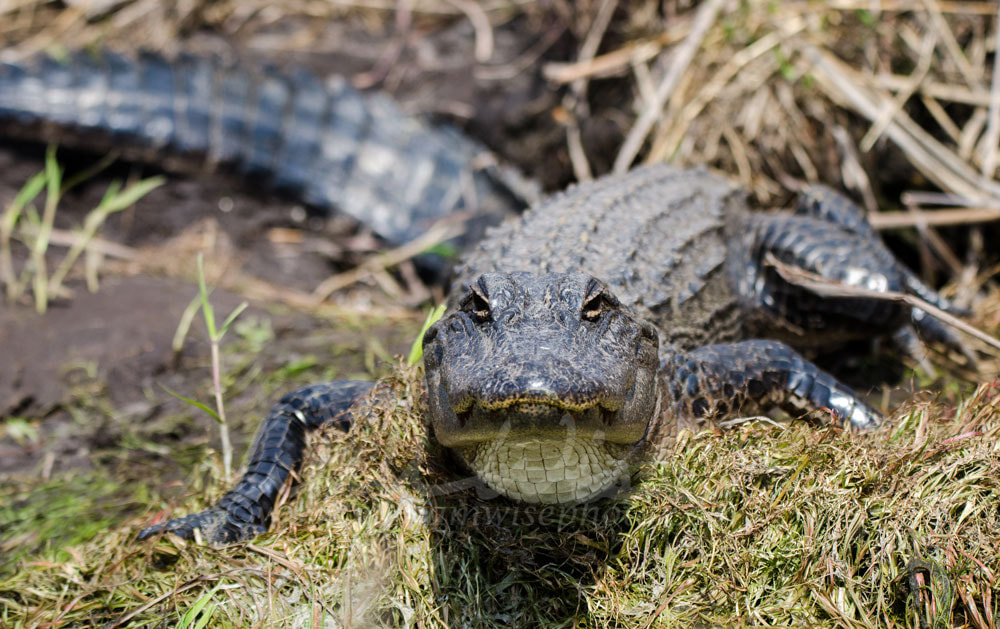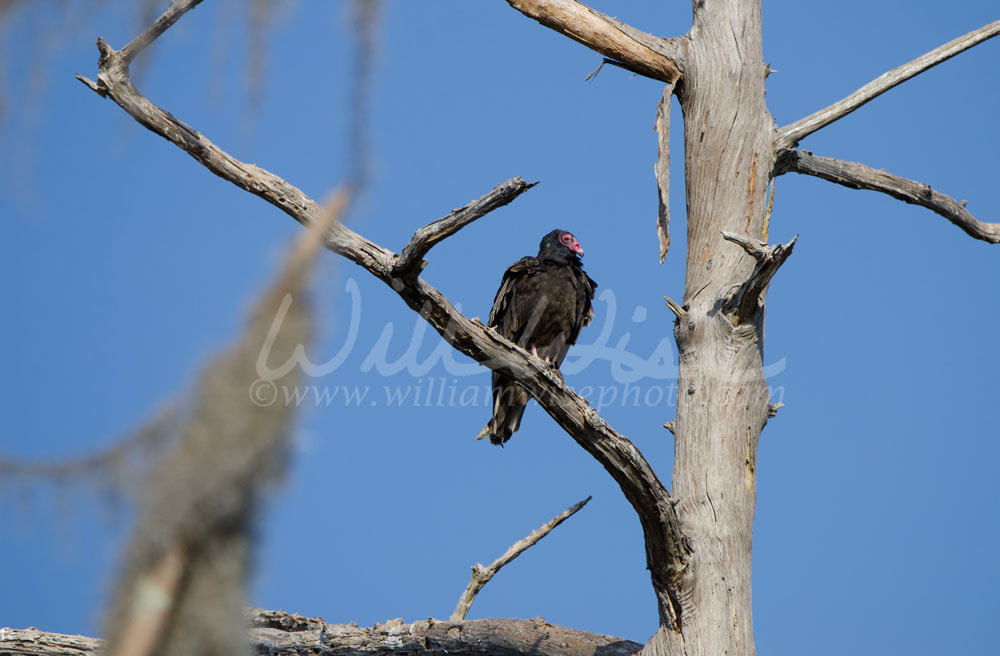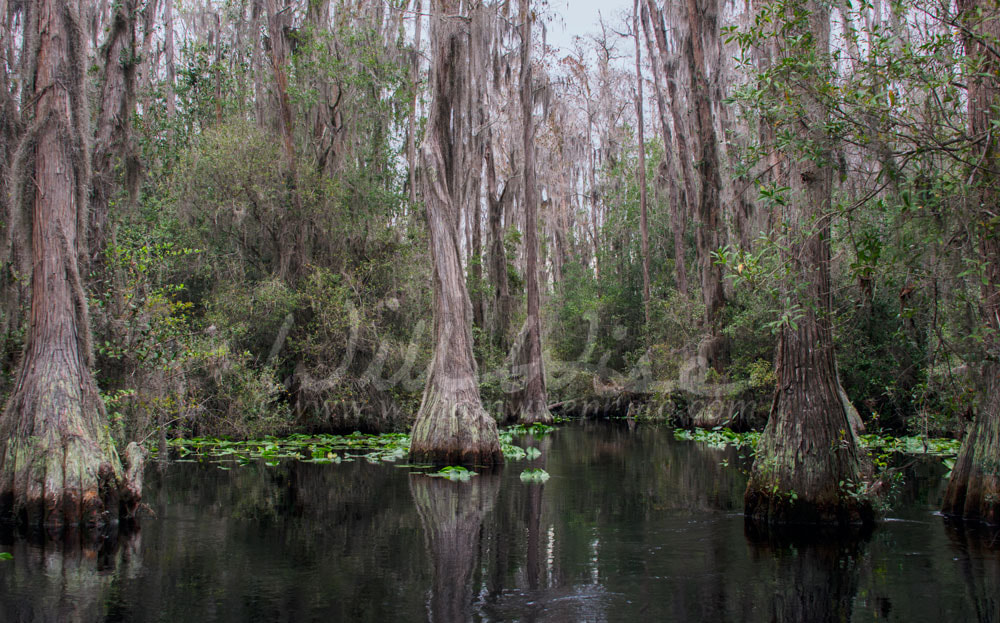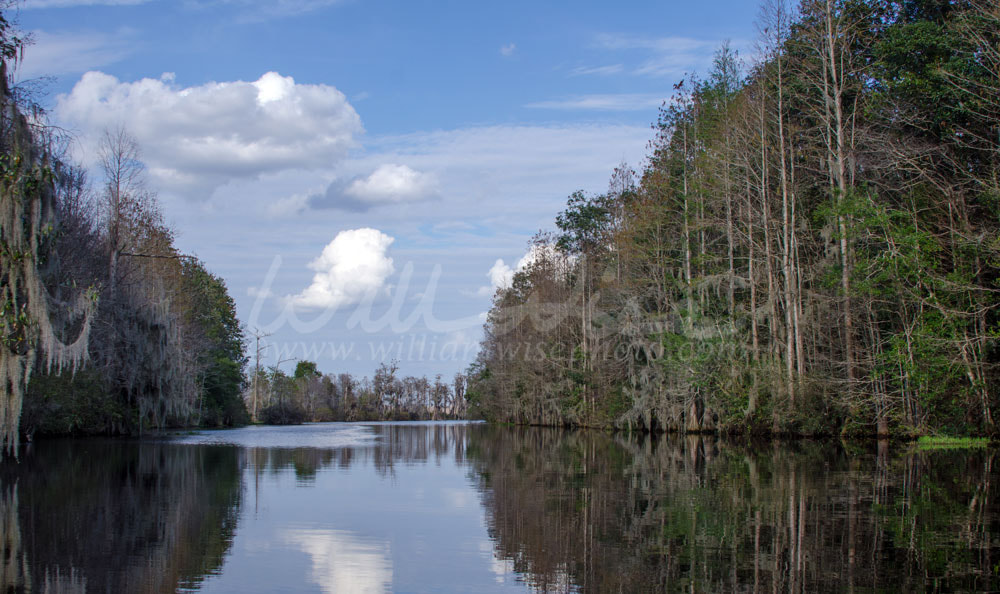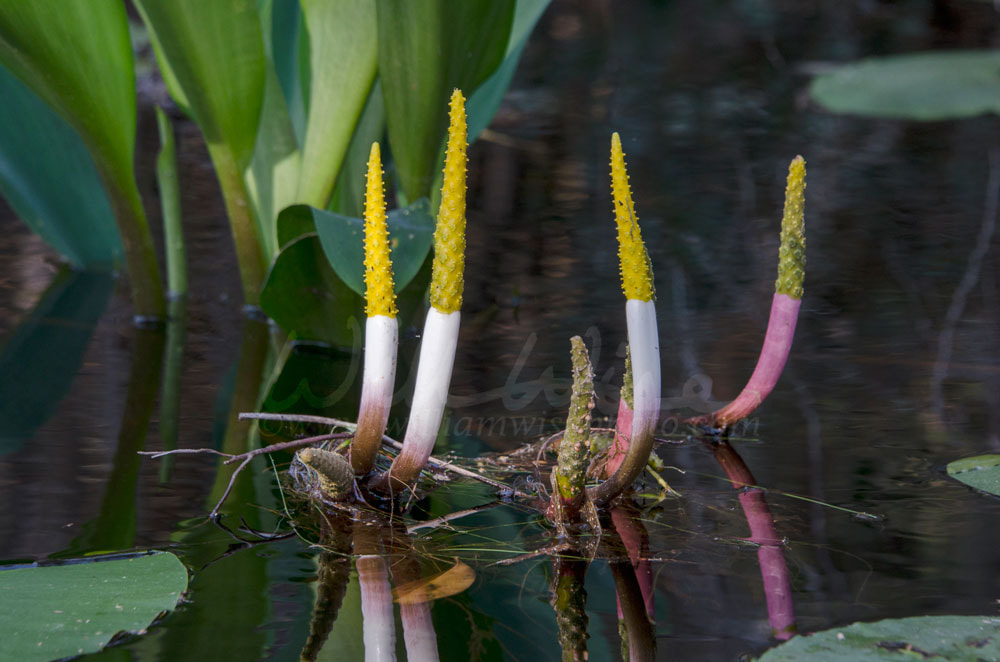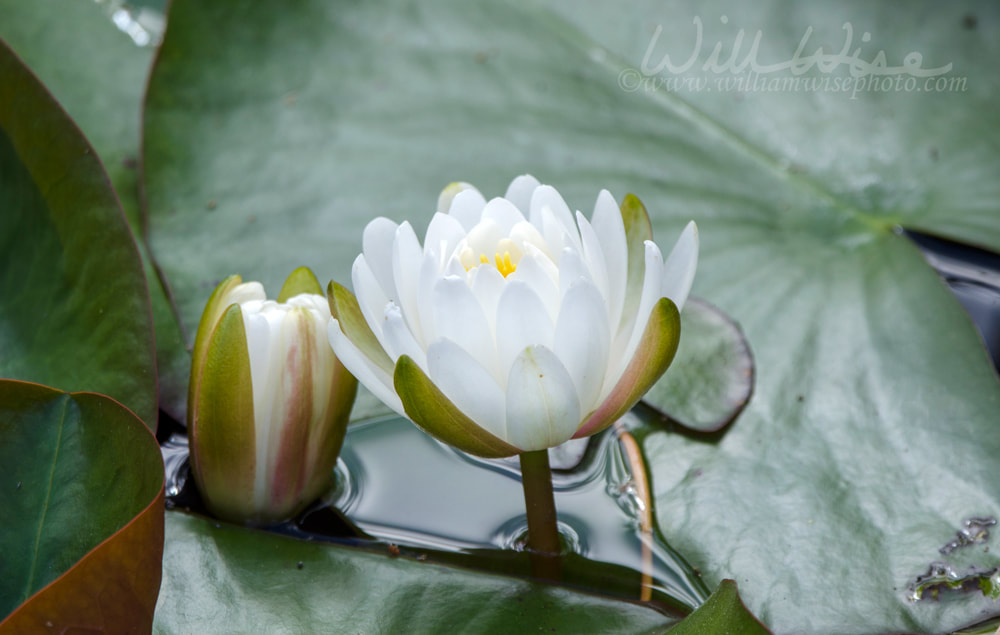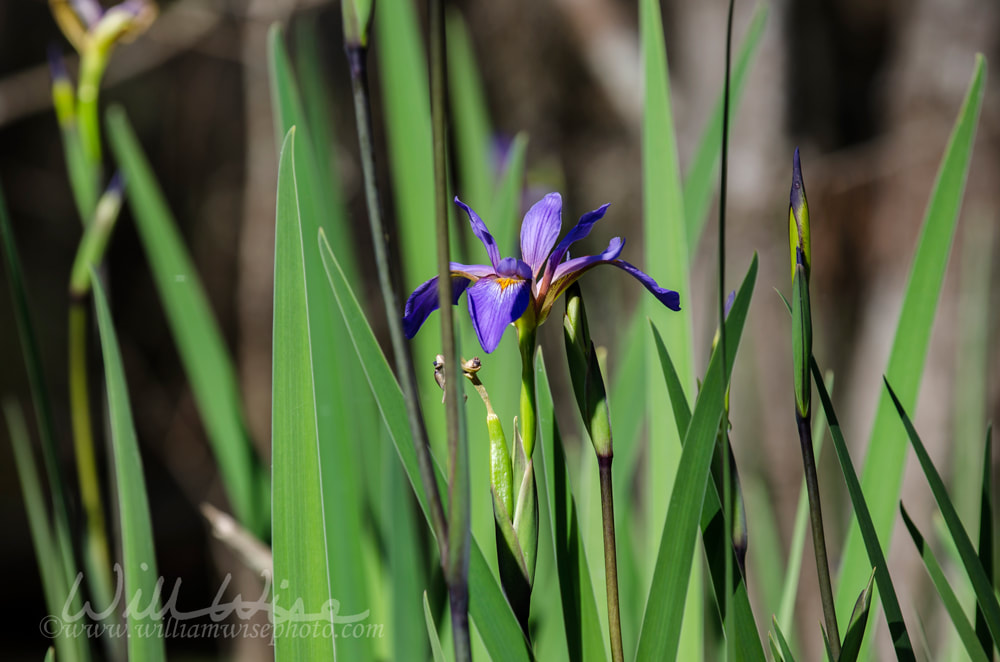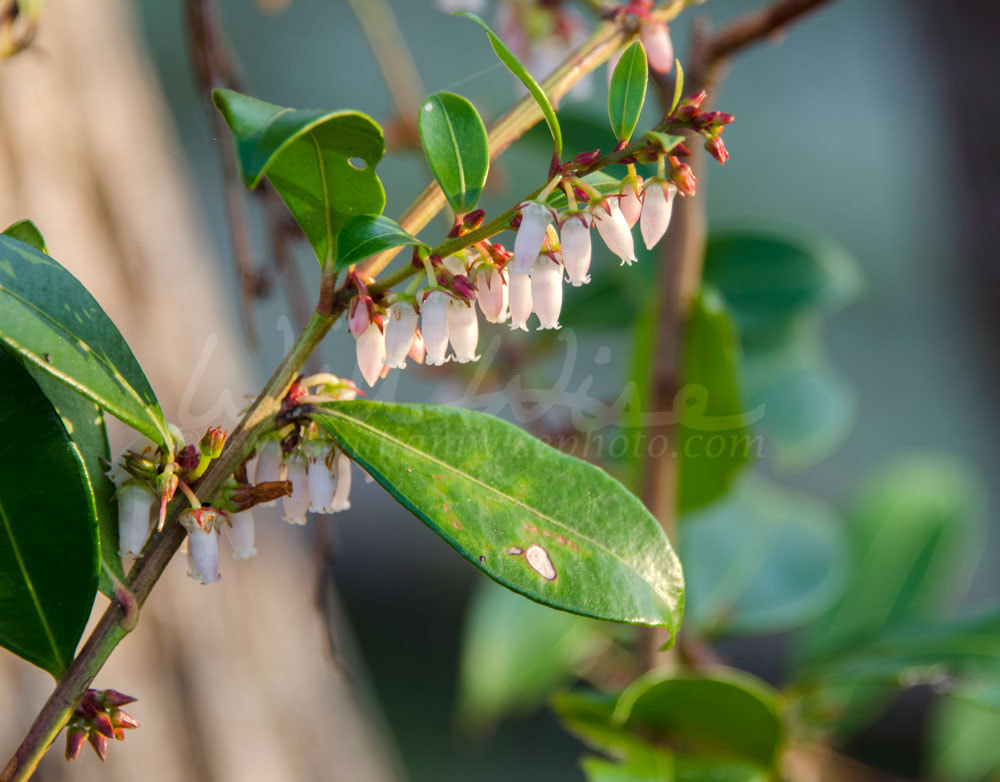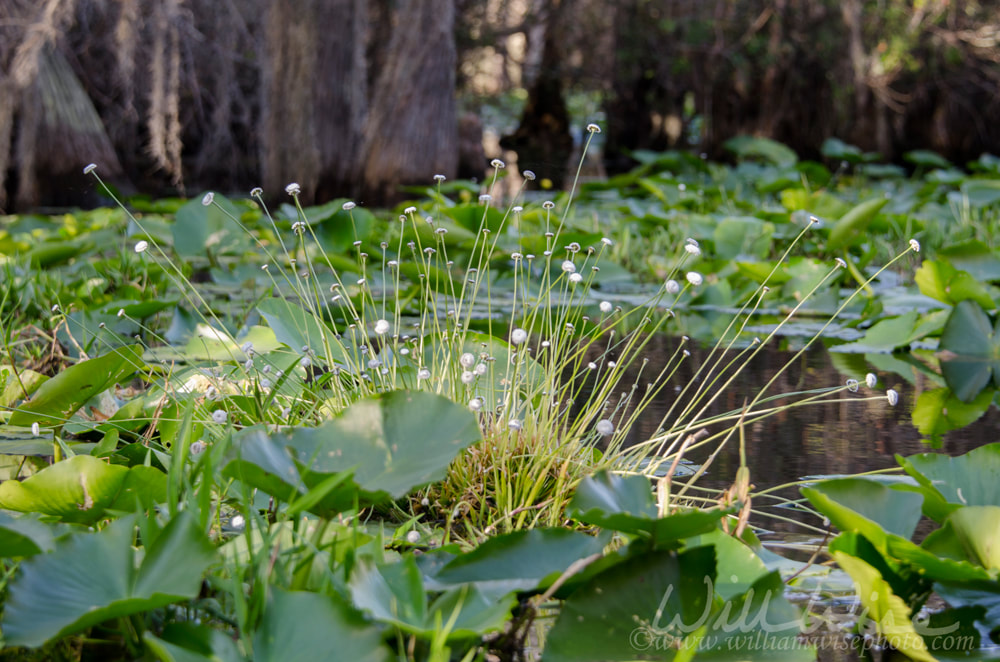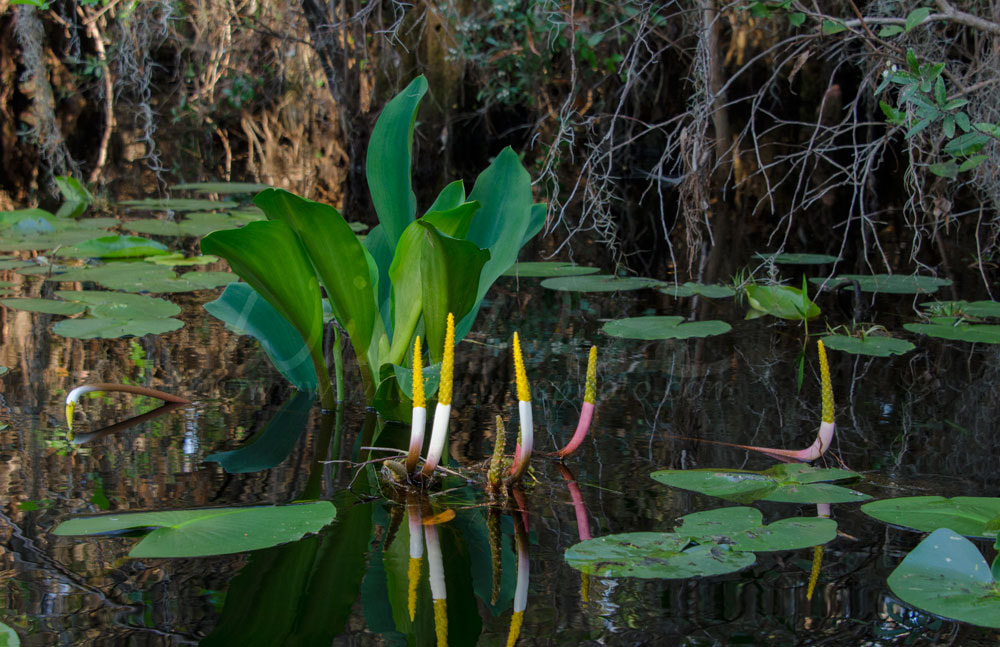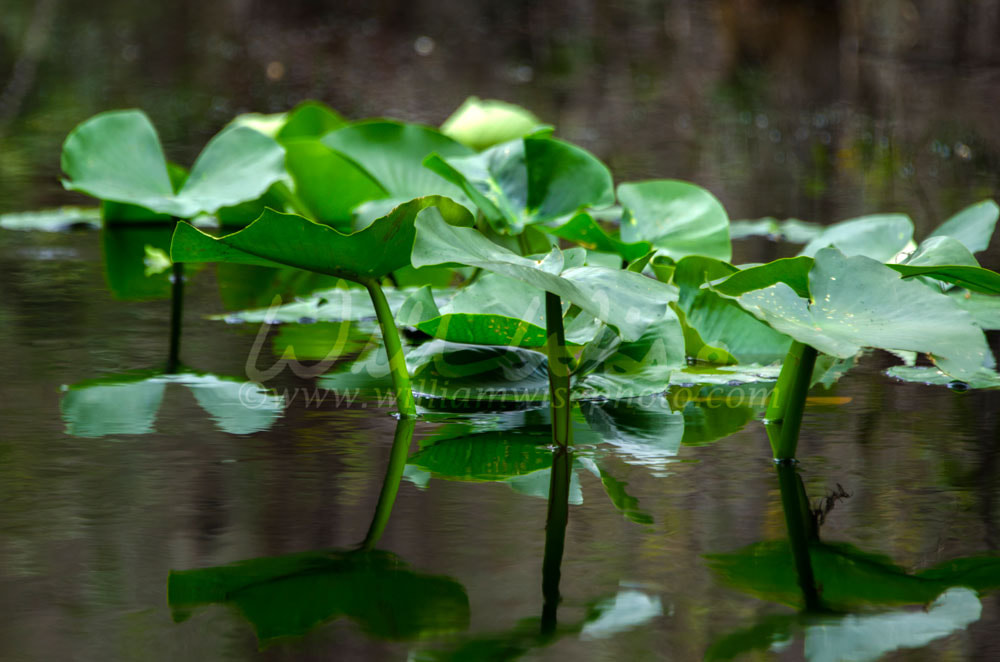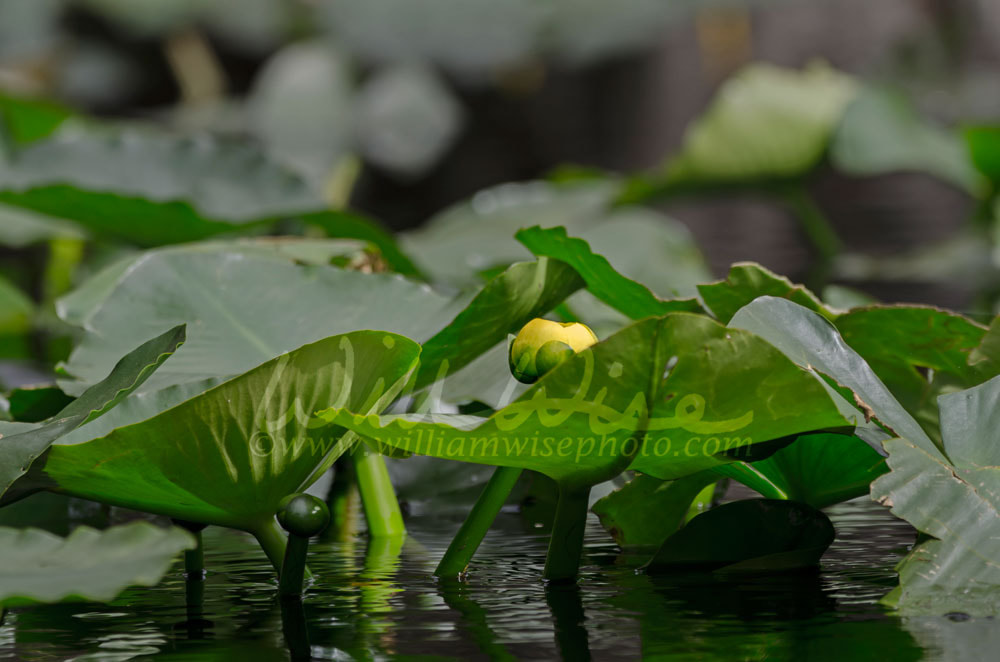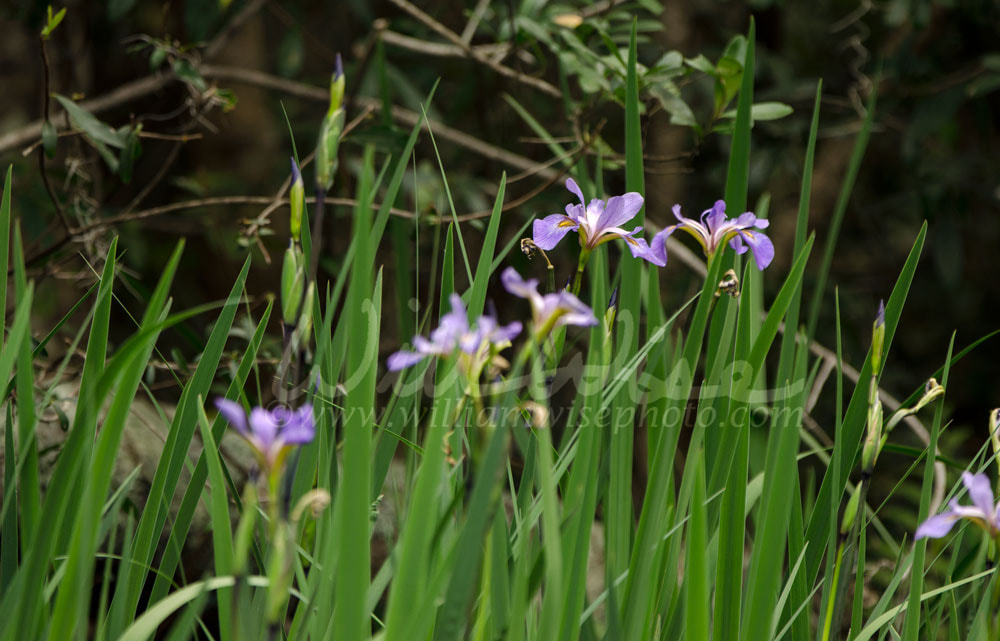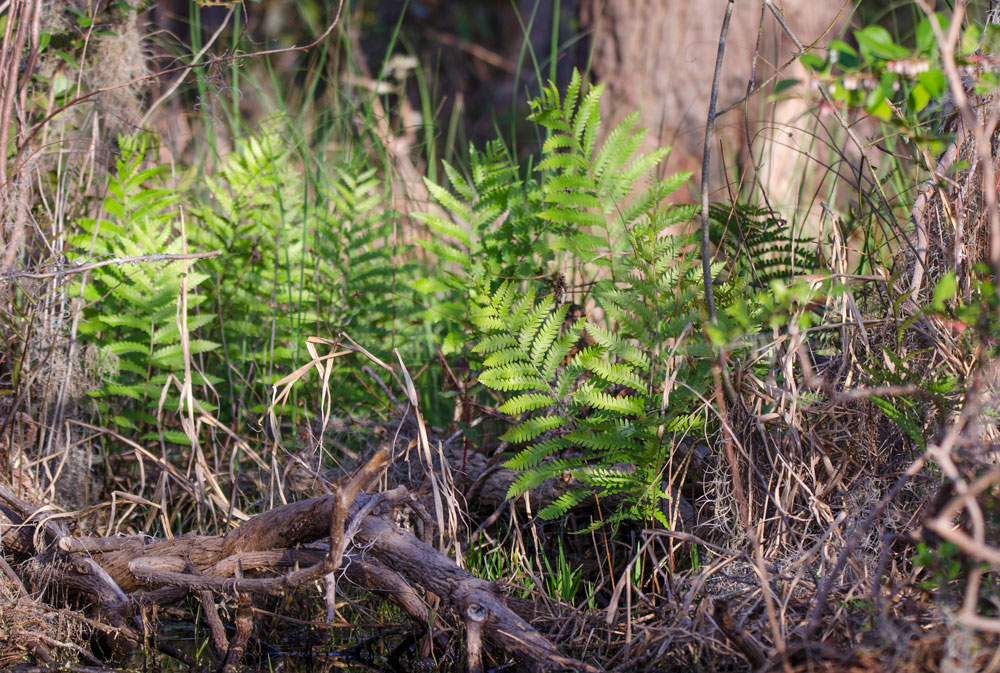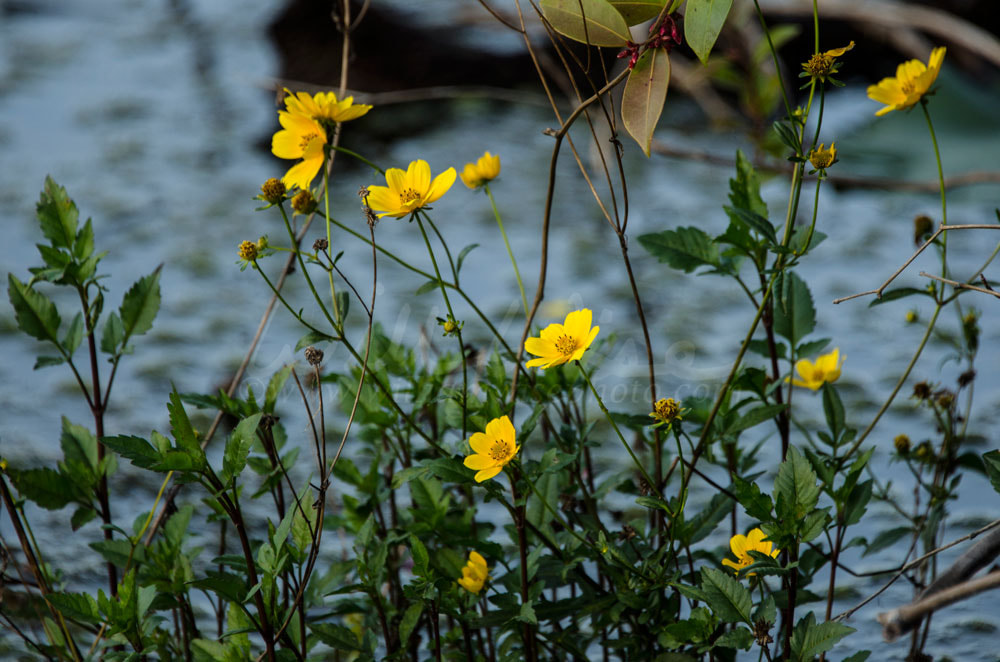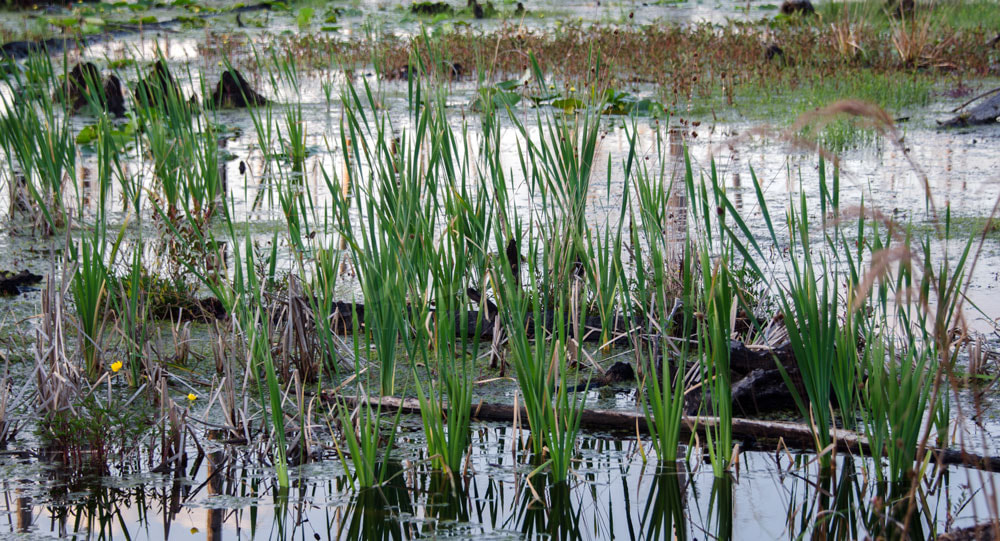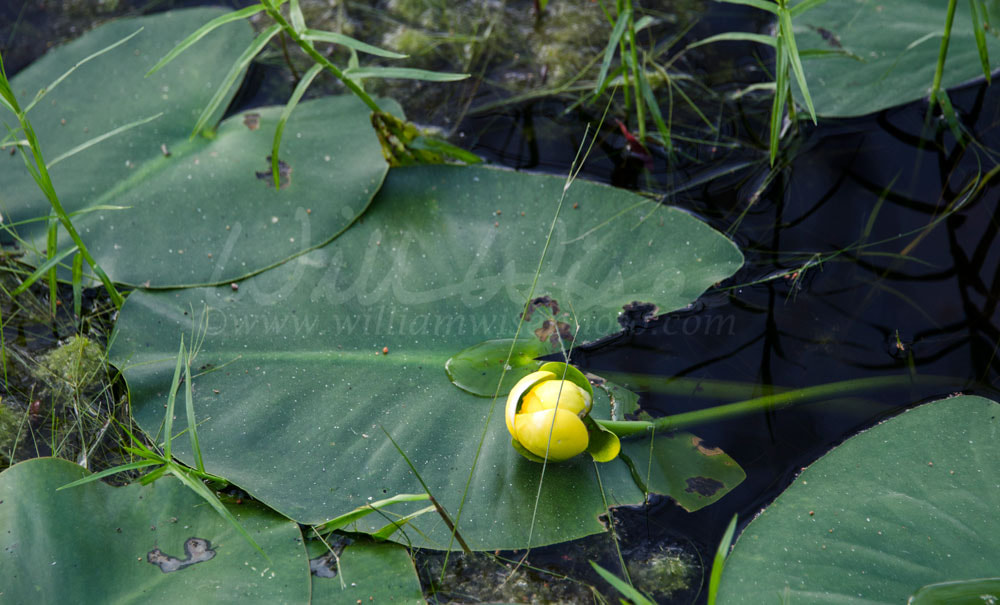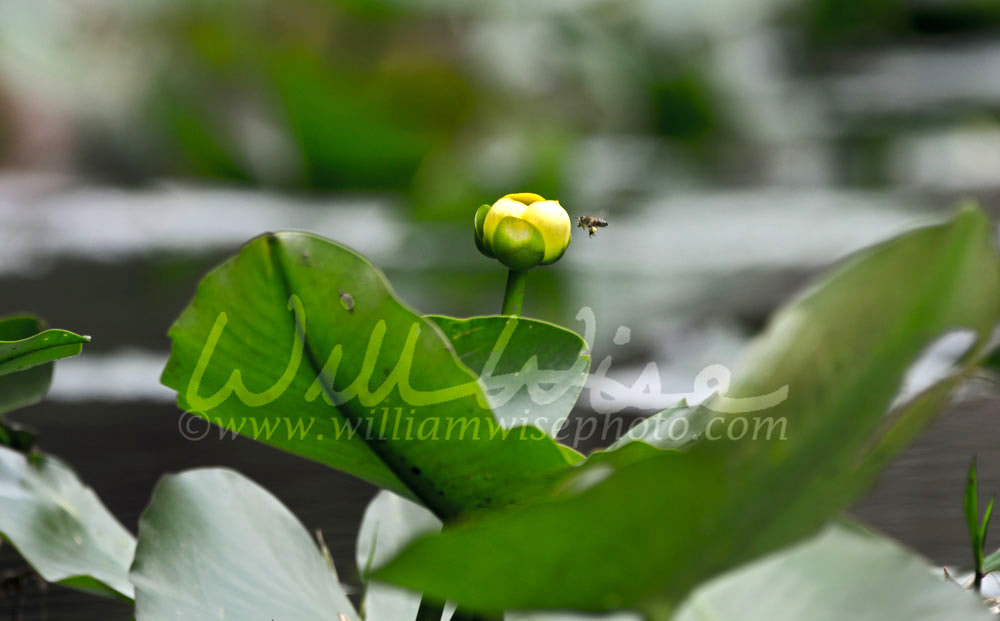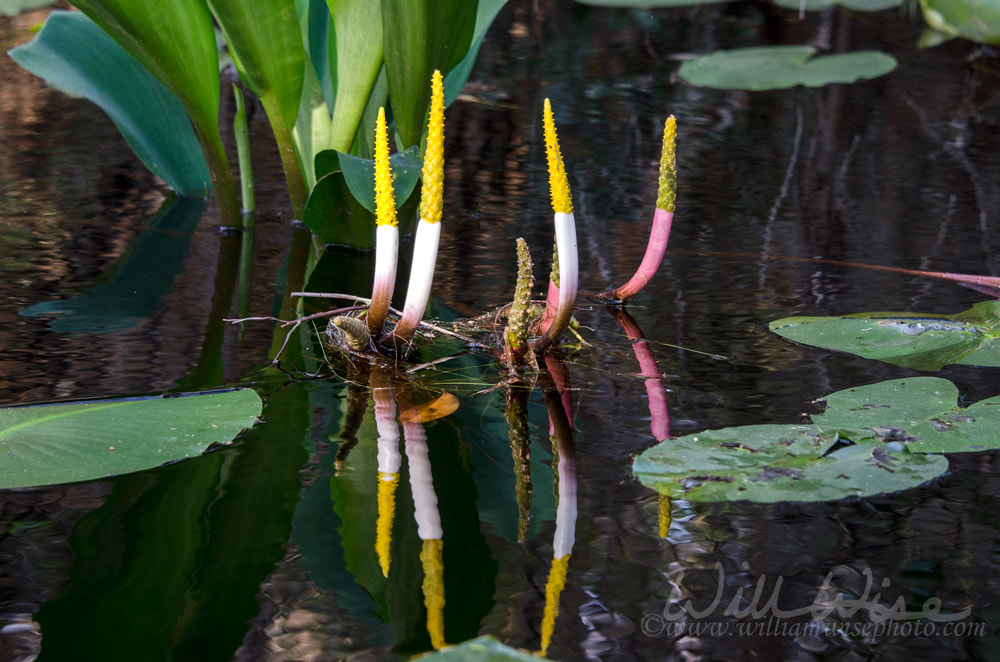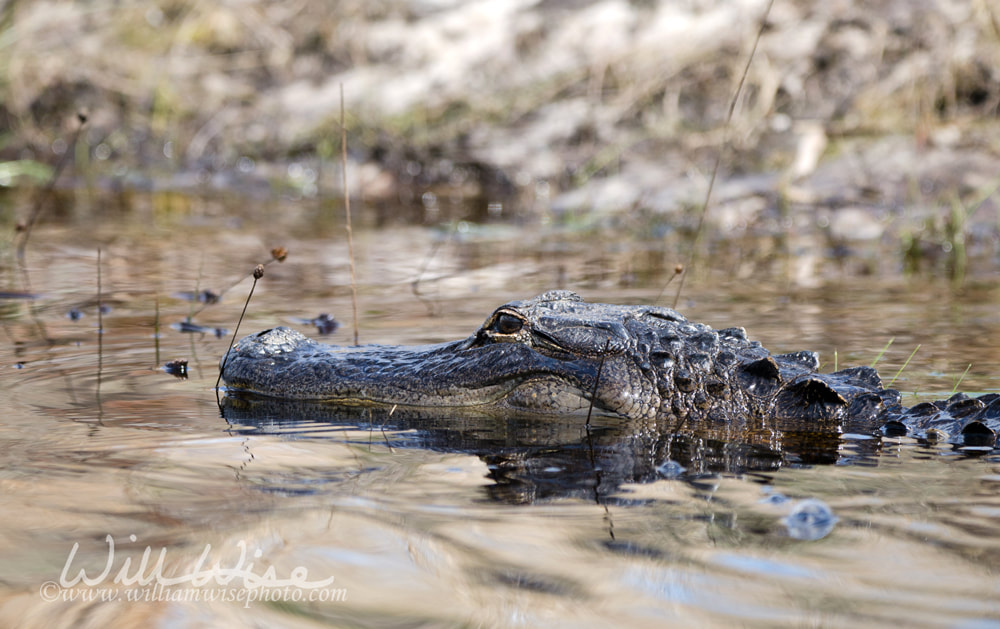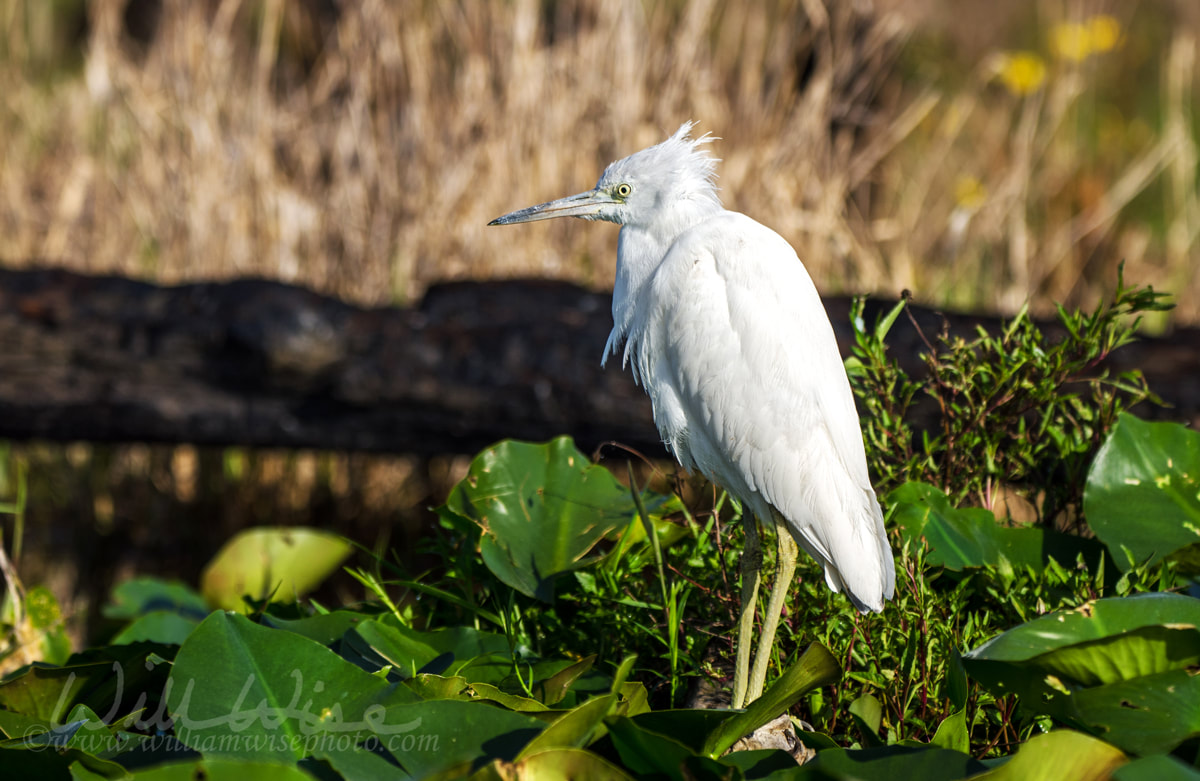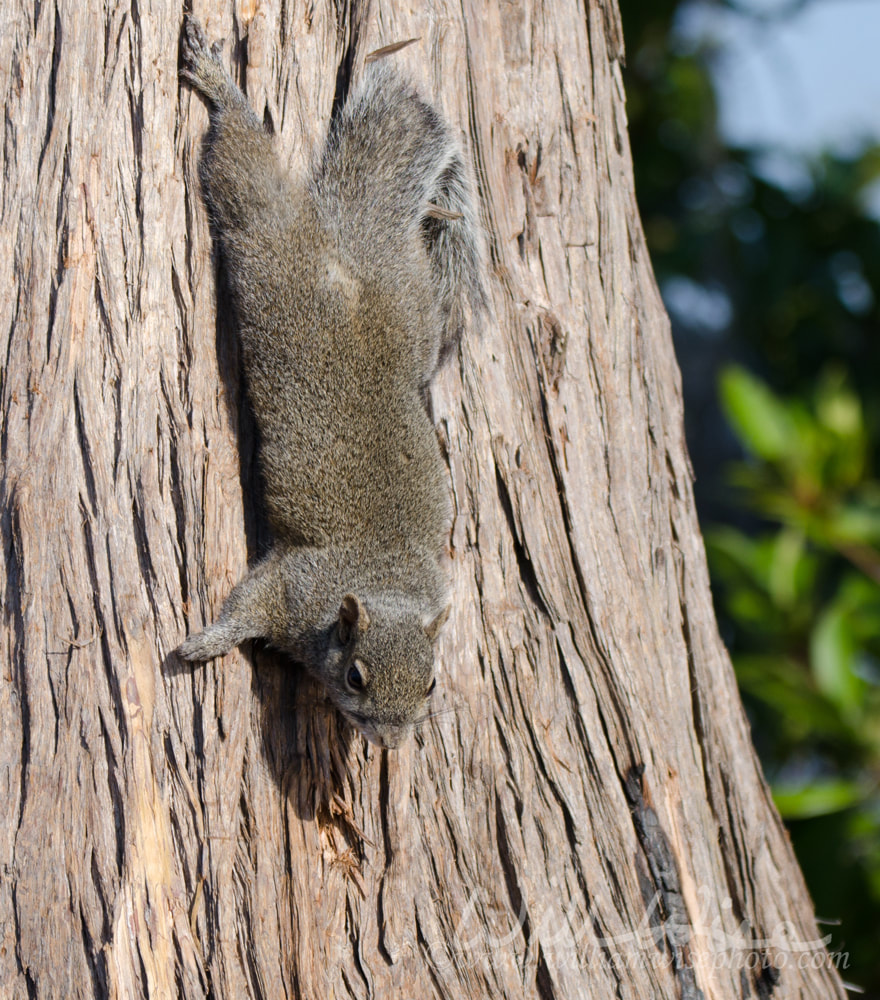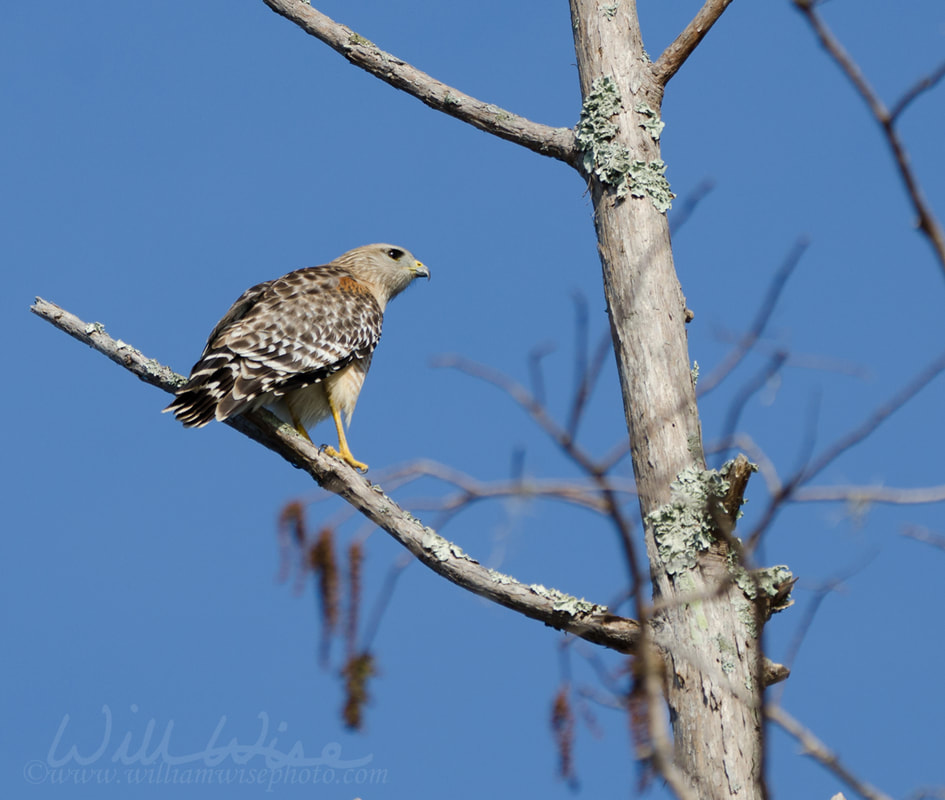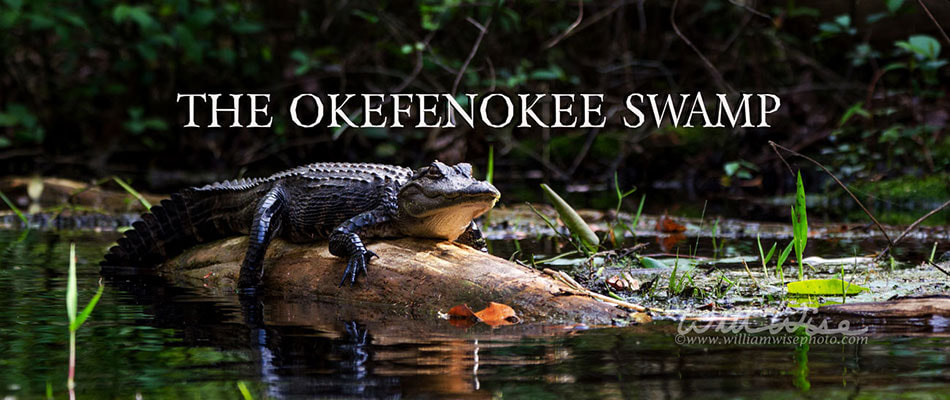 Okefenokee Photography by William Wise. A nature photo journal exploration of Georgia's Okefenokee Swamp, the Land of Trembling Earth, one of the largest blackwater swamps in North America. The alligators, birds, snakes and wildlife of Okefenokee National Wildlife Refuge and Stephen C Foster State Park. -- "What a wildly wonderful world, God! You made it all, with Wisdom at Your side, made earth overflow with your wonderful creations." Psalms 104 The Message In 1875, The Atlanta Constitution published the dramatic headline: “We now announce to our readers, and the people of Georgia, that we are fitting up an expedition for a complete and thorough exploration of Okefinokee. The full details of the plan and expedition will be published soon – if they come out alive.” Over the next months, the Constitution and other papers published many exciting stories from the Okefenokee and provide a rich history of what is now a great National Wildlife Refuge:
0 Comments
 Okefenokee Photography by William Wise. A nature photo journal exploration of Georgia's Okefenokee Swamp, the Land of Trembling Earth, one of the largest blackwater swamps in North America. The alligators, birds, snakes and wildlife of Okefenokee National Wildlife Refuge and Stephen C Foster State Park. -- "What a wildly wonderful world, God! You made it all, with Wisdom at Your side, made earth overflow with your wonderful creations." Psalms 104 The Message An excerpt from naturalist Bradford Torrey's, A Florida Sketch-Book, 1895:
 Okefenokee Photography by William Wise. A nature photo journal exploration of Georgia's Okefenokee Swamp, the Land of Trembling Earth, one of the largest blackwater swamps in North America. The alligators, birds, snakes and wildlife of Okefenokee National Wildlife Refuge and Stephen C Foster State Park. -- "What a wildly wonderful world, God! You made it all, with Wisdom at Your side, made earth overflow with your wonderful creations." Psalms 104 The Message A favorite passage from William Bartram's Travels, published in 1791:
William Bartram was a botantist, artist, and nature writer that explored the southeastern United States around the time of the American Revolution (1773-1776). He was a scientist, creationist and Christian that gave glory to the Author for all the wonderful works he observed and documented in his book, Travels Through North and South Carolina, Georgia, East and West Florida. 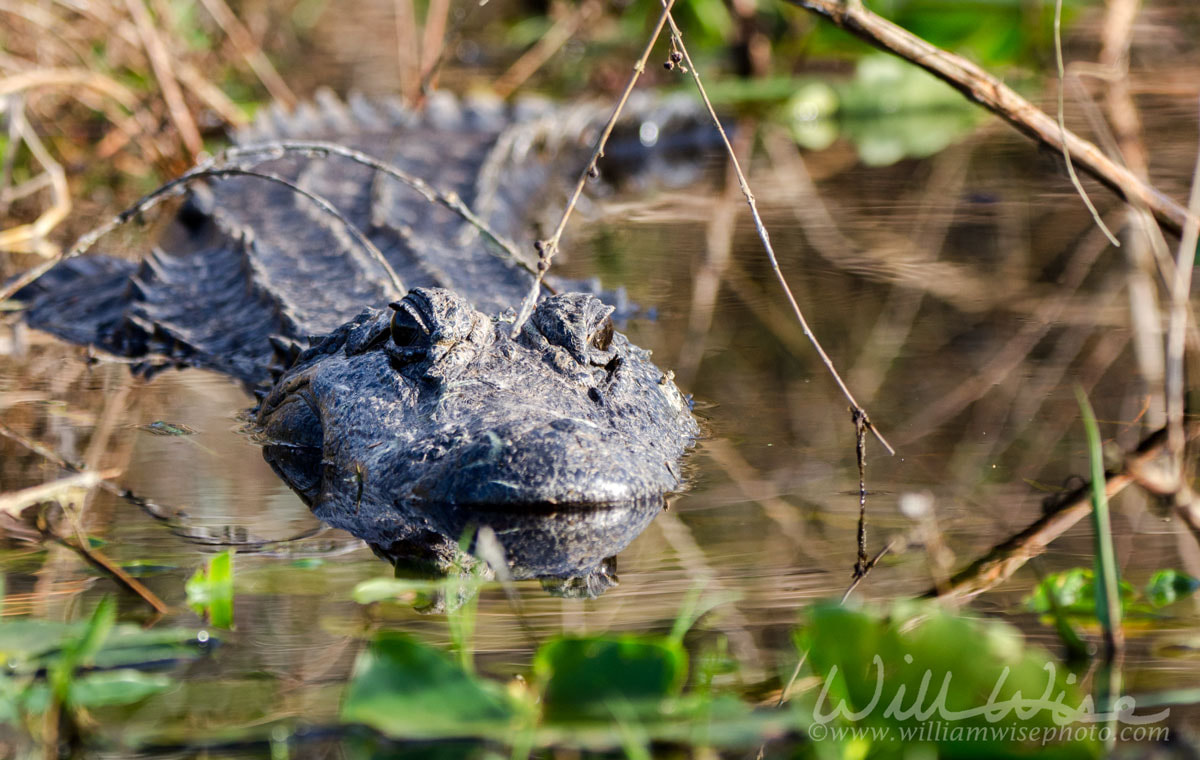 Large American Alligator swimming submerged in swamp water in Georgia. The alligator has thick tough leathery skin with small bones called osteoderms down its back, making a ridged shield. These hard bones are not connected to each other so the alligator has greater flexibility. Photographed in the Okefenokee Swamp National Wildlife Refuge, Georgia.  Okefenokee Photography by William Wise. A nature photo journal exploration of Georgia's Okefenokee Swamp, the Land of Trembling Earth, one of the largest blackwater swamps in North America. The alligators, birds, snakes and wildlife of Okefenokee National Wildlife Refuge and Stephen C Foster State Park. -- "What a wildly wonderful world, God! You made it all, with Wisdom at Your side, made earth overflow with your wonderful creations." Psalms 104 The Message Which slow-moving, murky, southern river is it that feeds the Okefenokee Swamp? How many creeks and spring must there be to keep this nearly 400,000 acres of land inundated with water? The answer: none! Not only do no rivers flow into the Okefenokee, but two major rivers flow out of the swamp: The Suwannee River and the St. Marys River.
The immersed prairies and cypress forests of the Okefenokee are filled primarily by rainwater. The authors of the Falcon Guide to Paddling the Okefenokee aptly describe it as "an immense catch basin that collects rainwater." Approximately 80% of these waters are lost through evaporation, while the remainder primarily flows out of the Okefenokee via the Suwannee River. The persistent waters of the swamp are then recharged by rainstorms each winter.  Okefenokee Photography by William Wise. A nature photo journal exploration of Georgia's Okefenokee Swamp, the Land of Trembling Earth, one of the largest blackwater swamps in North America. The alligators, birds, snakes and wildlife of Okefenokee National Wildlife Refuge and Stephen C Foster State Park. -- "What a wildly wonderful world, God! You made it all, with Wisdom at Your side, made earth overflow with your wonderful creations." Psalms 104 The Message The Okefenokee National Wildlife Refuge in Georgia is an Adventure Photographers delight. Not matter which canoe trail you take, there is widlife and landscape photography in plenty.  Okefenokee Photography by William Wise. A nature photo journal exploration of Georgia's Okefenokee Swamp, the Land of Trembling Earth, one of the largest blackwater swamps in North America. The alligators, birds, snakes and wildlife of Okefenokee National Wildlife Refuge and Stephen C Foster State Park. -- "What a wildly wonderful world, God! You made it all, with Wisdom at Your side, made earth overflow with your wonderful creations." Psalms 104 The Message “We five started in alone, carrying 50 pound packs, with a compass as our guide. The water was from waist to shoulder deep, full of giant cypress trees, and so closely overgrown with underbrush and entangling vines that we literally had to cut our way with axes every step, and could only advance a mile a day.
“Sometimes we would come to a big gator tunnel through the underbrush, where a large alligator had crushed his way through and we would crawl through it to save some cutting. The difficulties were that the sides were usually supplied with wasp nest’s, and there was always the chance of meeting the alligator coming back.” Okefenokee journal of Dr. W.D. Funkhouser, 1912  Okefenokee Photography by William Wise. A nature photo journal exploration of Georgia's Okefenokee Swamp, the Land of Trembling Earth, one of the largest blackwater swamps in North America. The alligators, birds, snakes and wildlife of Okefenokee National Wildlife Refuge and Stephen C Foster State Park. -- "What a wildly wonderful world, God! You made it all, with Wisdom at Your side, made earth overflow with your wonderful creations." Psalms 104 The Message Going through some older Okefenokee National Wildlife Refuge posts, I found this unique observation from April 12, 2010 by iNaturalist member Marv Elliott: a melanistic Pileated Woodpecker (https://www.inaturalist.org/observations/538467).
Marv also posted an interesting link to a 1965 Wilson Bulletin about a melanistic Pileated Woodpecker at Okefenokee in 1917: “A melanistic Pileated Woodpecker specimen from Georgia. — While arranging specimens of Pileated Woodpecker (Dryocopus pileatus) in the U.S. National Museum, I found an almost entirely black female… This specimen (USNM No. 268901) was collected 2 November 1917 in the Okefinokee Swamp of Georgia by Harrison Lee… The specimens’ underparts lack any indication of the white feather edges often noted in Pileated Woodpeckers. The white wing patches, characteristic of that species, are entirely lacking, and white is visible only on the underside of the wings… The head and neck lack the striking white marks so characteristic of the Pileated Woodpecker.” Thanks to Marv for posting this great observation and for being a lover of the Okefenokee!
 Okefenokee Photography by William Wise. A nature photo journal exploration of Georgia's Okefenokee Swamp, the Land of Trembling Earth, one of the largest blackwater swamps in North America. The alligators, birds, snakes and wildlife of Okefenokee National Wildlife Refuge and Stephen C Foster State Park. -- "What a wildly wonderful world, God! You made it all, with Wisdom at Your side, made earth overflow with your wonderful creations." Psalms 104 The Message A PLACE OF MEMORIESAfter tensely navigating through over a mile of the Narrows, the scene expanded forth into a beautiful prairie. A juvenile alligator and a pair of Ibises welcomed us into the opened, bright sky. Yet again, I missed a photo of a colorful male Wood Duck, but captured a sharp shot of a nervously diving Grebe. It appeared as if we had emerged onto a remote African savannah in another time. Tall brown grasses lined the sides of the canoe trail and stretched far off into the distance. Large green Spatterdock leaves floated in small bays as the canoe channel began to widen. This beautiful prairie was a place of solitude, a place of memory; memories of logging and wild fires of centuries gone by. Like passing through jagged dragon’s teeth, the waterway was lined on both banks with large, jagged Cypress stumps, blackened by fire. We passed through a double line of vertical pilings standing five feet out of the water; the remains of a logging train track. The National Park’s website had warned that water levels were low and dropping. Although it hadn’t seemed the case so far, the condition now became obvious. The widened bases of the Cypress trees stood far out of the water, taking on an almost comical shape, skirted as with large dresses of the Victorian era. At one passage between two Cypress trees, a piece of pvc pipe was screwed to one tree to act as a bumper for passing boats. But the bumper was a good ten to twelve feet above our heads!
 Okefenokee Photography by William Wise. A nature photo journal exploration of Georgia's Okefenokee Swamp, the Land of Trembling Earth, one of the largest blackwater swamps in North America. The alligators, birds, snakes and wildlife of Okefenokee National Wildlife Refuge and Stephen C Foster State Park. -- "What a wildly wonderful world, God! You made it all, with Wisdom at Your side, made earth overflow with your wonderful creations." Psalms 104 The Message A passage from William Bartram's Travels, in which he examines the nest of the American Alligator during his exploration of Georgia and Florida from 1779 to 1776.
William Bartram was a botantist, artist, and nature writer that explored the southeastern United States around the time of the American Revolution (1773-1776). He was a scientist, creationist and Christian that gave glory to the Author for all the wonderful works he observed and documented in his book, Travels Through North and South Carolina, Georgia, East and West Florida.  Okefenokee Photography by William Wise. A nature photo journal exploration of Georgia's Okefenokee Swamp, the Land of Trembling Earth, one of the largest blackwater swamps in North America. The alligators, birds, snakes and wildlife of Okefenokee National Wildlife Refuge and Stephen C Foster State Park. -- "What a wildly wonderful world, God! You made it all, with Wisdom at Your side, made earth overflow with your wonderful creations." Psalms 104 The Message A spooky excerpt from A Florida Sketch-Book, by naturalist Bradford Torrey, written in 1895: There—going one day farther than usual—I found myself in the borderland of a cypress swamp. On one side was the lake, but between me and it were cypress-trees; and on the other side was the swamp itself, a dense wood growing in stagnant black water covered here and there with duckweed or some similar growth: a frightful place it seemed, the very abode of snakes and everything evil. Stories of slaves hiding in cypress swamps came into my mind. It must have been cruel treatment that drove them to it! Buzzards flew about my head, and looked at me. “He has come here to die,” I imagined them saying among themselves. “No one comes here for anything else. Wait a little, and we will pick his bones.” They perched nearby, and, not to lose time, employed the interval in drying their wings, for the night had been showery. Once in a while one of them shifted his perch with an ominous rustle. They were waiting for me, and were becoming impatient. “He is long about it,” one said to another; and I did not wonder. The place seemed one from which none who entered it could ever go out; and there was no going farther in without plunging into that horrible mire. I stood still, and looked and listened. Some strange noise, “bird or devil,” came from the depths of the wood. A flock of grackles settled in a tall cypress, and for a time made the place loud. How still it was after they were gone! I could hardly withdraw my gaze from the green water full of slimy black roots and branches, any one of which might suddenly lift its head and open its deadly white mouth! All about me gigantic cypresses, every one swollen enormously at the base, rose straight and branchless into the air. Dead trees, one might have said,—light-colored, apparently with no bark to cover them; but if I glanced up, I saw that each bore at the top a scanty head of branches just now putting forth fresh green leaves, while long funereal streamers of dark Spanish moss hung thickly from every bough. The dismal swamp had me under its spell, and meanwhile the patient buzzards looked at me. “It is almost time,” they said; “the fever will do its work,”—and I began to believe it. Torrey, B. (1895). Chapter 6: “On the Upper St. John’s”. A Florida Sketch-Book .  Okefenokee Photography by William Wise. A nature photo journal exploration of Georgia's Okefenokee Swamp, the Land of Trembling Earth, one of the largest blackwater swamps in North America. The alligators, birds, snakes and wildlife of Okefenokee National Wildlife Refuge and Stephen C Foster State Park. -- "What a wildly wonderful world, God! You made it all, with Wisdom at Your side, made earth overflow with your wonderful creations." Psalms 104 The Message Excerpt from the 1926 History of the Okefenokee Swamp by AS McQueen and Hamp Mizell:
 Okefenokee Photography by William Wise. A nature photo journal exploration of Georgia's Okefenokee Swamp, the Land of Trembling Earth, one of the largest blackwater swamps in North America. The alligators, birds, snakes and wildlife of Okefenokee National Wildlife Refuge and Stephen C Foster State Park. -- "What a wildly wonderful world, God! You made it all, with Wisdom at Your side, made earth overflow with your wonderful creations." Psalms 104 The Message On this trip to the Okefenokee Wildlife I pushed myself to look beyond the gators and snakes and pay attention to something I usually neglect: the plant life. Of course there are the stately Cypress trees adorned with waving Spanish Moss that set the backdrop for the swamp. But I also tried to take the time to learn and photograph the other vegetation: Hatpin, Spatterdock, Neverwet, Hurrah Bush, Resurrection Fern and purple Swamp Irises. Okefenokee Tussock GrowthThe canoe trails of the Okefenokee Swamp are full of character and adventure. As one paddles through the black water, eyes peer upward at the heights of the towering cypress. But don’t forget to look ahead!, the waterways are often marked with obstacles. One of those interesting obstructions which force some agile steering is known as Tussock Growth. A tussock is an abnormal tufted growth of vegetation on a tree or stump, typically caused by a disturbance. In the case of the Okefenokee, this “disturbance” was the logging of the swamp in the early 1900’s. The scars and stumps of the logging operations still remain throughout the Okefenokee. Protruding from the surface during low-water periods, these remaining buttresses of harvested cypress accumulate organic matter and hold moisture; a perfect platform for the growth of grasses, wildflowers and shrubs. These tufts of vegetation dot the lakes and canals throughout the swamp, like wild hair-dos on the heads of Ents or trolls bathing in the dark waters. The Swamp is full of character… especially if you let your imagination roll!  Okefenokee Photography by William Wise. A nature photo journal exploration of Georgia's Okefenokee Swamp, the Land of Trembling Earth, one of the largest blackwater swamps in North America. The alligators, birds, snakes and wildlife of Okefenokee National Wildlife Refuge. -- "What a wildly wonderful world, God! You made it all, with Wisdom at Your side, made earth overflow with your wonderful creations." Psalms 104 The Message An exciting excerpt from Louis Pendleton's 1895 book, In the Okefenokee: Accordingly, as soon as they were opposite another island, Joe struck out toward it through the bonnets and sedge. In this way they came presently into a little round open pool about a hundred feet in diameter, heedless of several dark floating objects a short distance ahead. Suddenly the water about them became curiously agitated, and with a cry of horror Joe looked toward Charley. “Jump up on the log!” he said. “We're in a 'gator hole!" Neither of them could afterward have told how they did it; but almost in a moment, both stood on a log balancing themselves with their long poles, which were thrust down to the bottom, the water being only about seven feet in depth. Under their weight the log sank so low that it was almost entirely submerged, and the position of the two boys was little improved, supposing they were to be attacked. The pool now seemed alive with alligators, large and small, for fifty feet around; and the boys were greatly terrified, although the huge scaly creatures still lay quiet on the water or swam lazily about, gazing at the intruders with their black, lustreless eyes. “They're going to eat us up!” gasped poor Charley, hardly able to maintain his upright position. "Don't be afraid,” said Joe, in a low voice, although desperately afraid himself. “They don't look as if they want to hurt us. See how quiet they are.” He then suggested that they pole the log out of its dangerous neighborhood, and this they did very slowly and cautiously, lifting their long sticks halfway out of the water and guardedly thrusting them to the bottom again . Although they passed within a few inches of some of the reptiles in the course of their retreat, the latter were not roused from their sleepy indifference, and permitted an easy prey to escape them . Pendleton, Louis. In the Okefenokee: A Story of War Time and the Great Georgia Swamp. United States, Roberts Brothers, 1895. Page 127  Okefenokee Photography by William Wise. A nature photo journal exploration of Georgia's Okefenokee Swamp, the Land of Trembling Earth, one of the largest blackwater swamps in North America. The alligators, birds, snakes and wildlife of Okefenokee National Wildlife Refuge and Stephen C Foster State Park. -- "What a wildly wonderful world, God! You made it all, with Wisdom at Your side, made earth overflow with your wonderful creations." Psalms 104 The Message A beautiful description of spring in the Okefenokee Swamp from Cecil Hulse Matchat's 1938 novel, Strange Green Land:
Cecile Matschat’s works published in 1930's are full of colorful stories of the Swampers that lived in the Okefenokee, exciting folklore encounters with bear, boar and cannibal alligators, as well as scientific descriptions of the flora and fauna of the great swamp. They are a worthwhile purchase if you come across used copies of these collectible out-of-print treasures of Okefenokee literature.  Okefenokee Photography by William Wise. A nature photo journal exploration of Georgia's Okefenokee Swamp, the Land of Trembling Earth, one of the largest blackwater swamps in North America. The alligators, birds, snakes and wildlife of Okefenokee National Wildlife Refuge and Stephen C Foster State Park. -- "What a wildly wonderful world, God! You made it all, with Wisdom at Your side, made earth overflow with your wonderful creations." Psalms 104 The Message Sunday, 9:04 AM - Another bright, blue calm morning on Billy’s Lake as we slowly paddle westward for a day up the brown trail to The Sill. Passing on close to the edge of the lake, a funny acting Eastern Gray Squirrel has himself pressed tightly flat against a tree. Was he hiding from us? Was he sheltering from the chilled breeze? The question is quickly answered as the loud shriek of a Red-shouldered Hawk blares from high up in a neighboring tree. The Red-shouldered Hawks were quite prominent and vocal throughout this trip. Their calls heard from dawn to dusk, throughout all the varying habitats.
|
Categories
All
Archives
June 2025
|
|
All content is ©williamwisephoto.com. Please don't steal images. My images are available at dreamstime.com. Stock sales go into the shelter photography program.
|
In December 1993 I came to know the Designer and Creator of this wonderful planet and its creatures: Jesus Christ.
|
Donations help support the animal shelter adoption photography equipment and adoption website hosting and domain fees. Thanks for your support!
|
